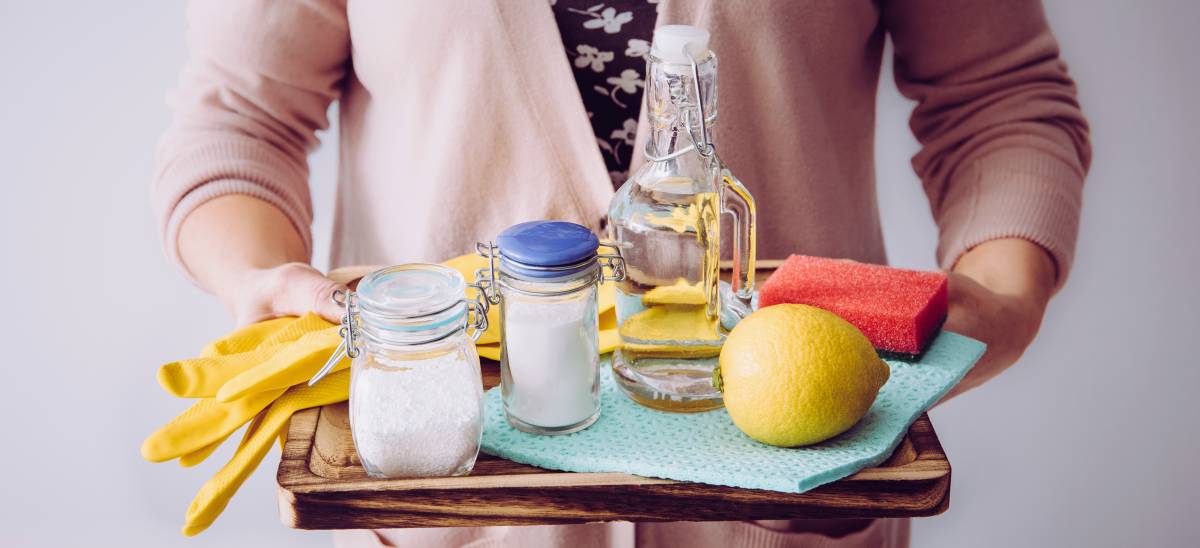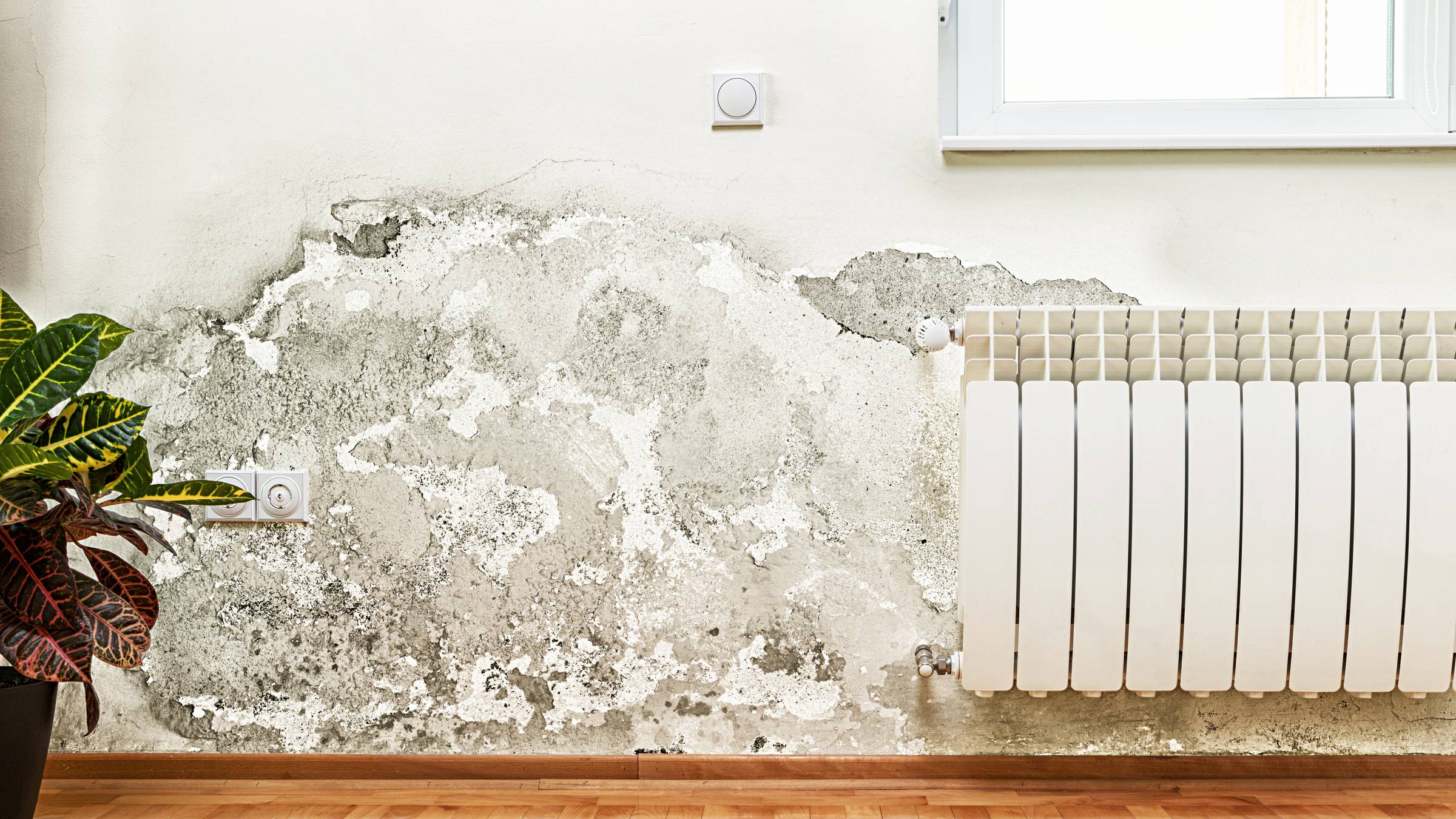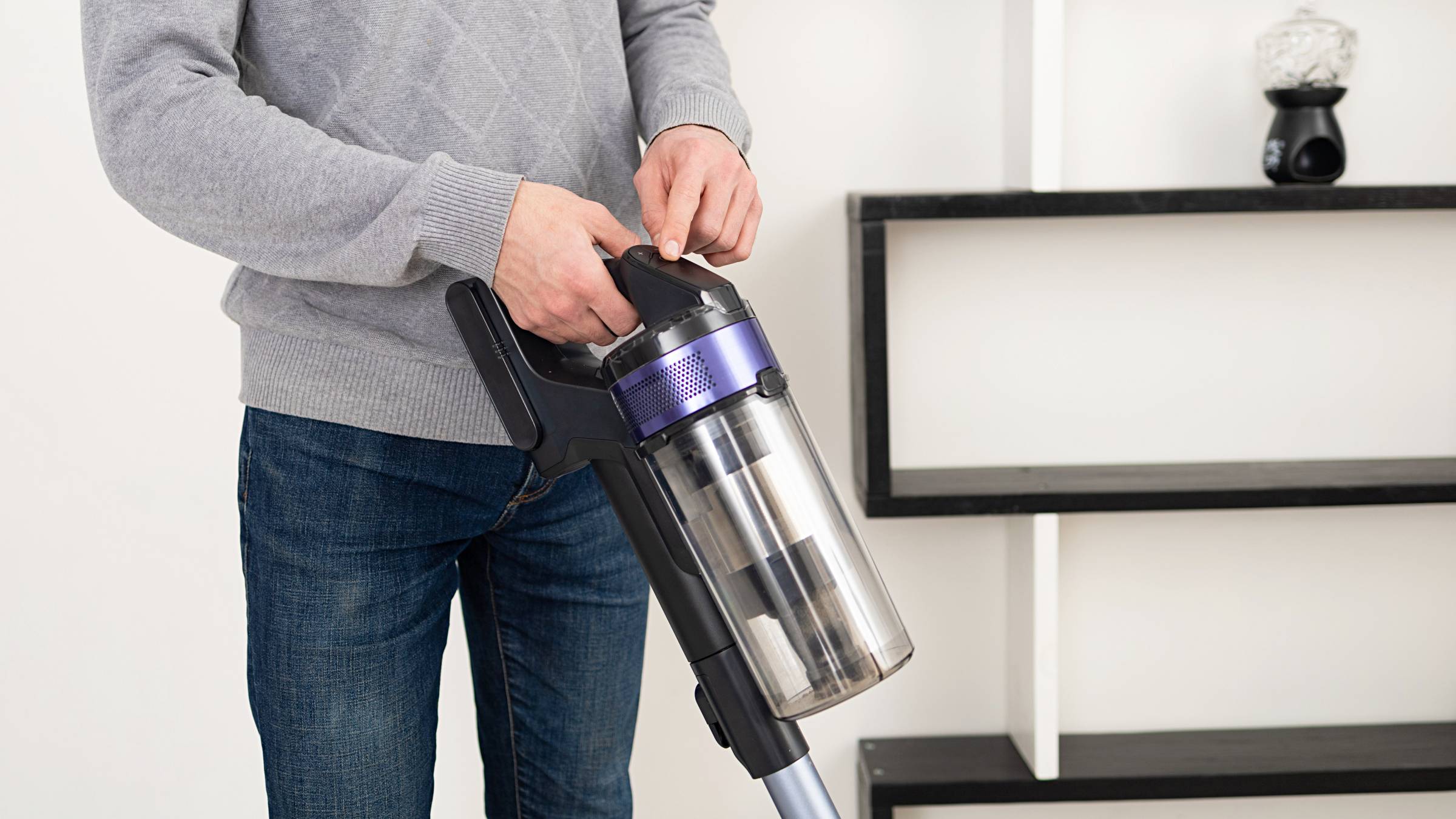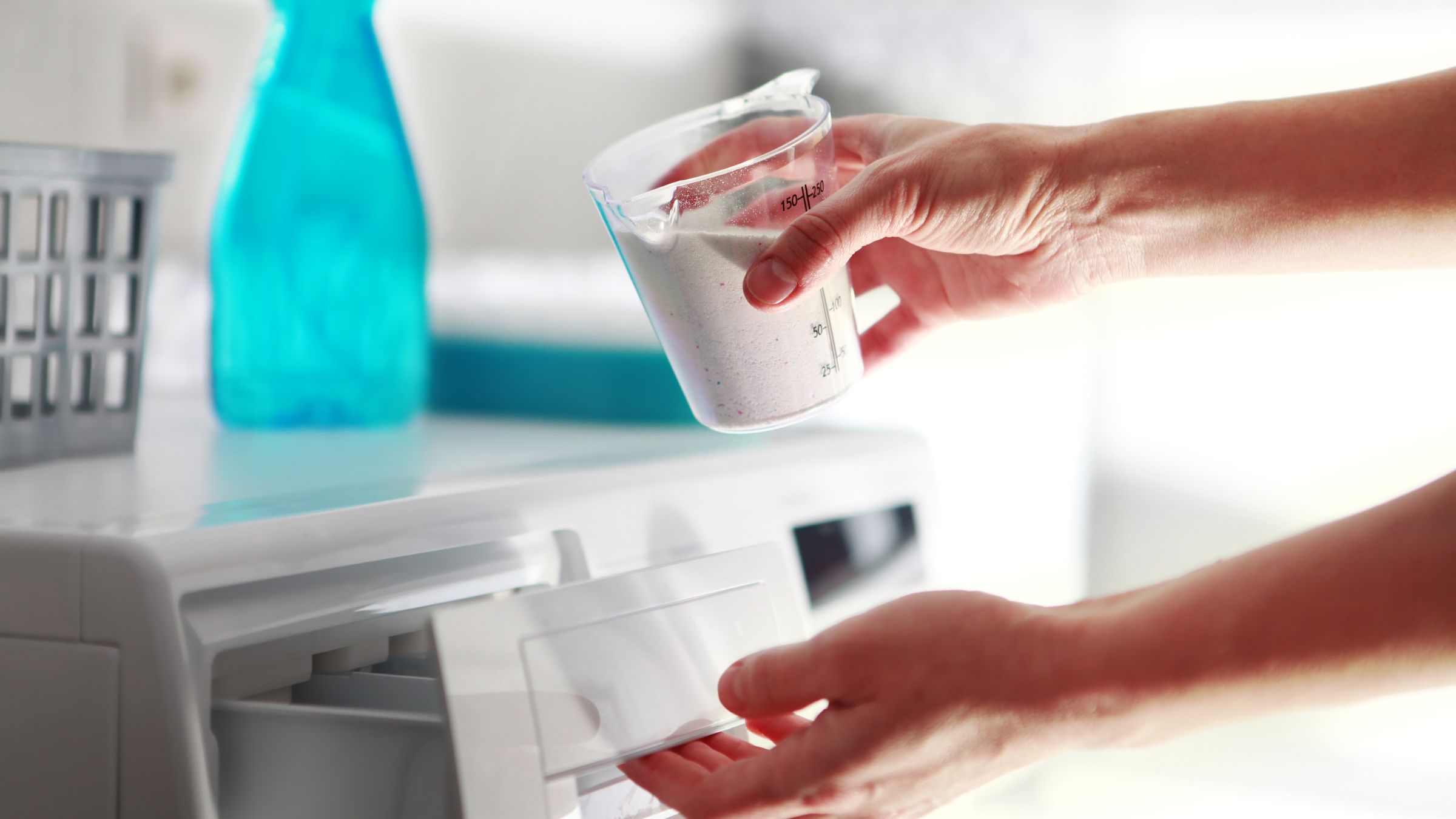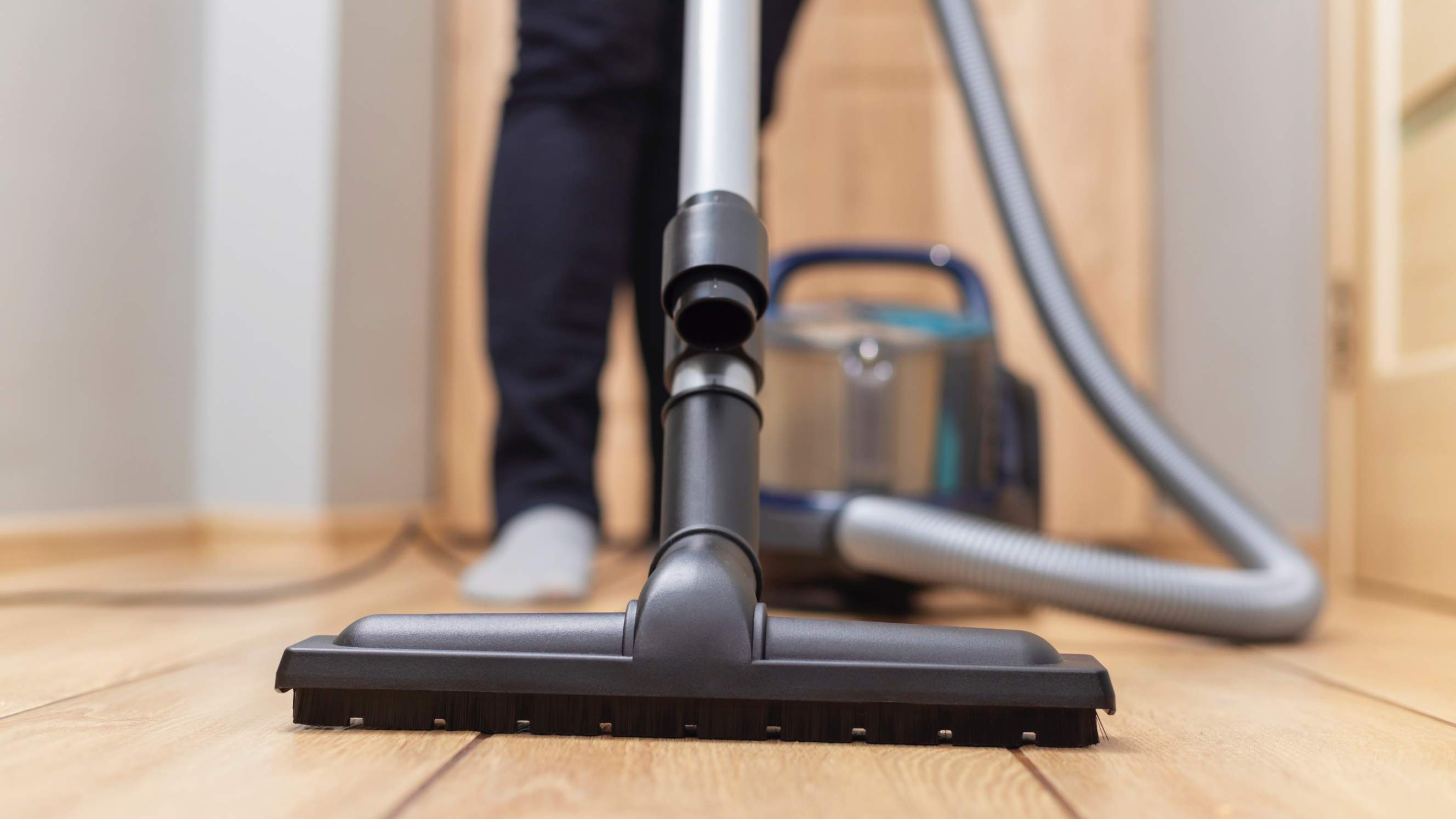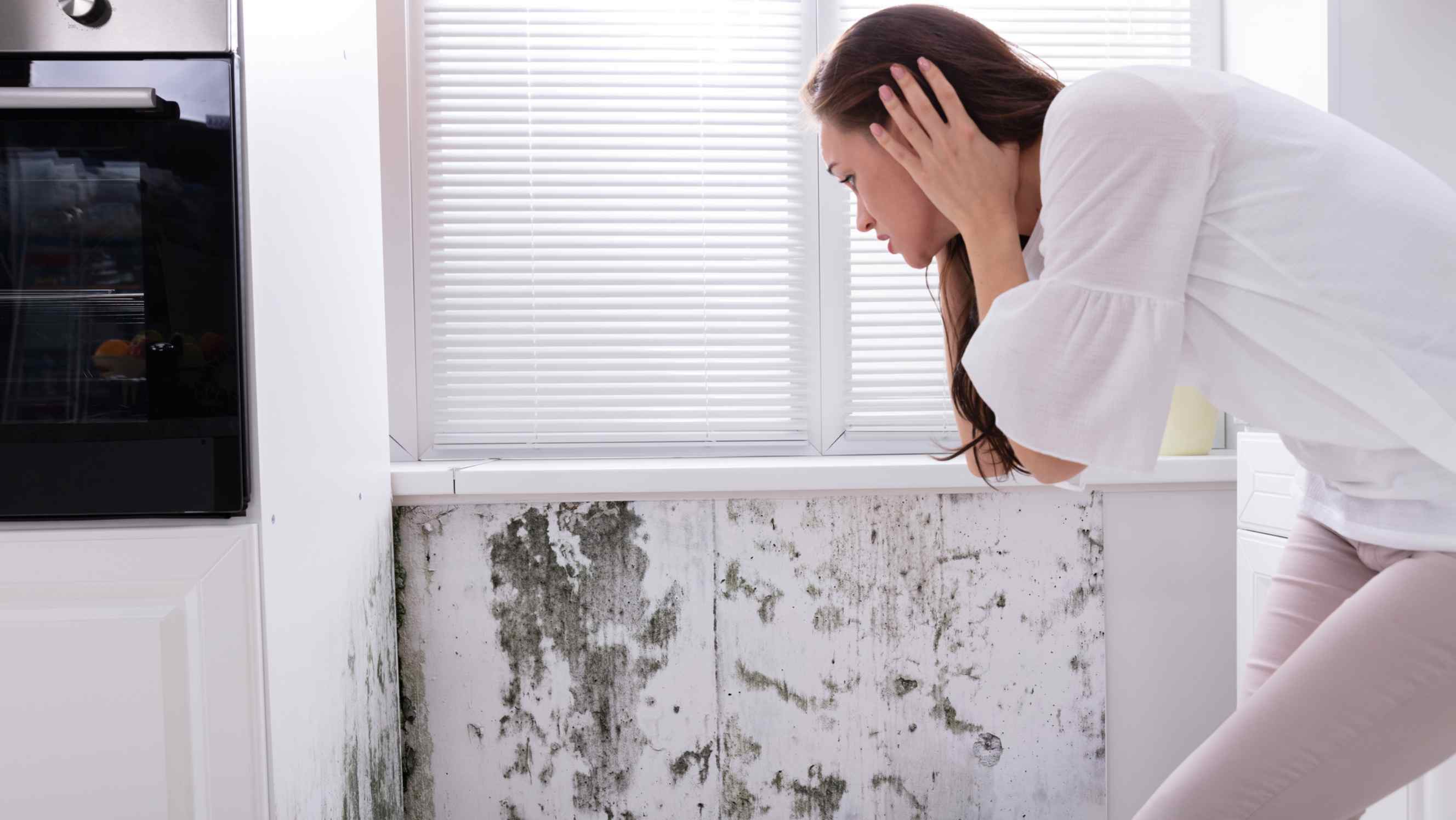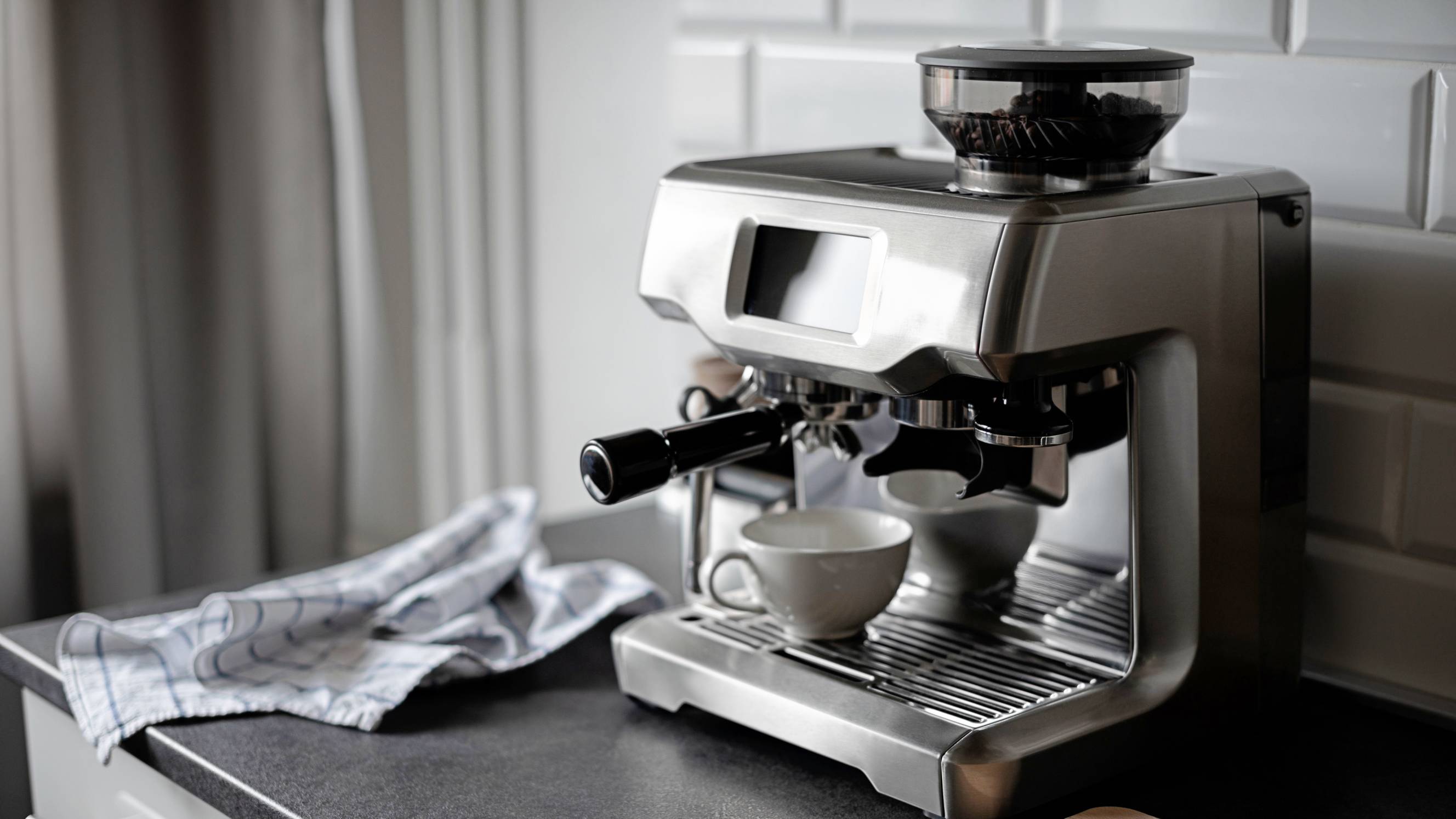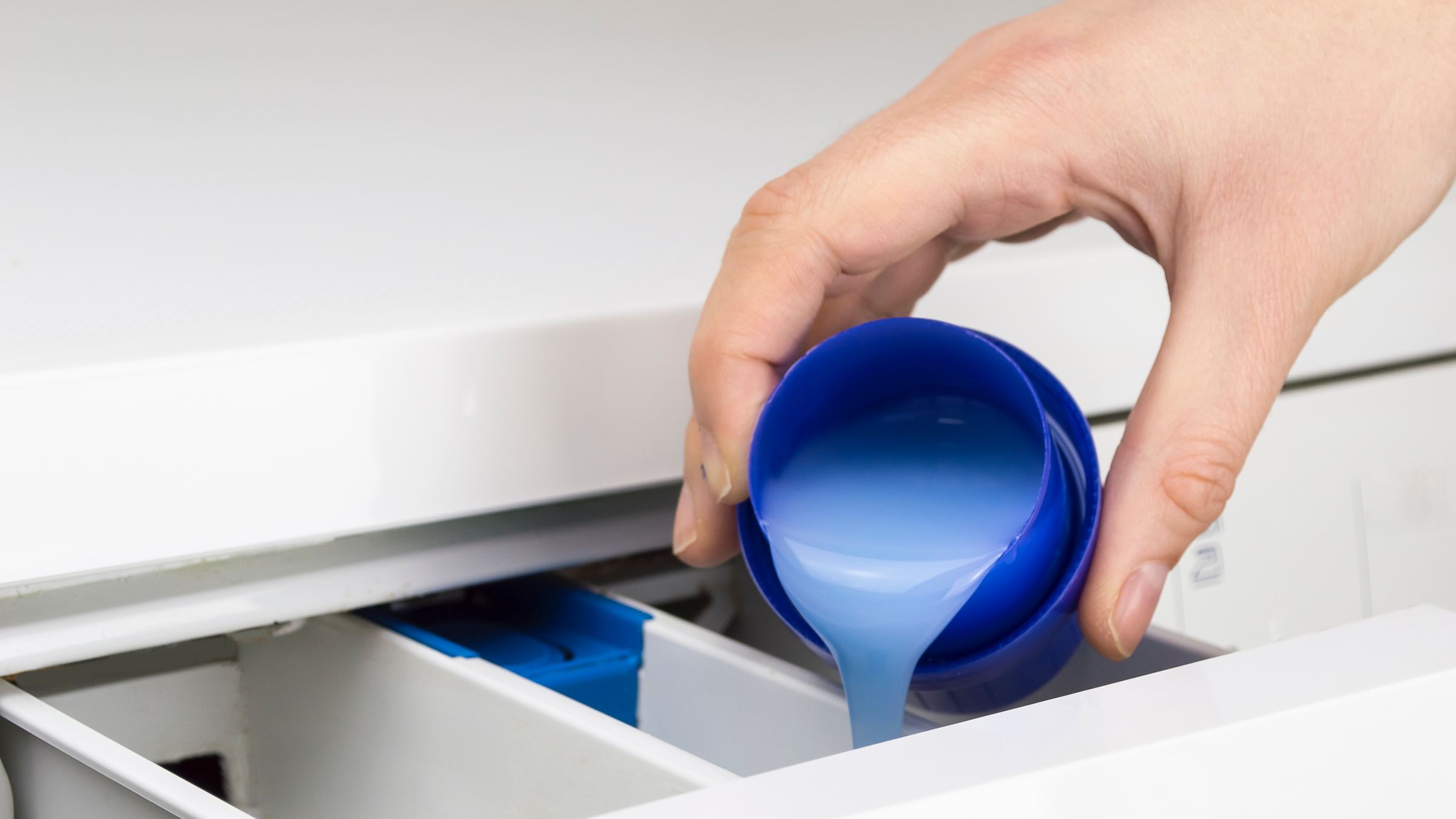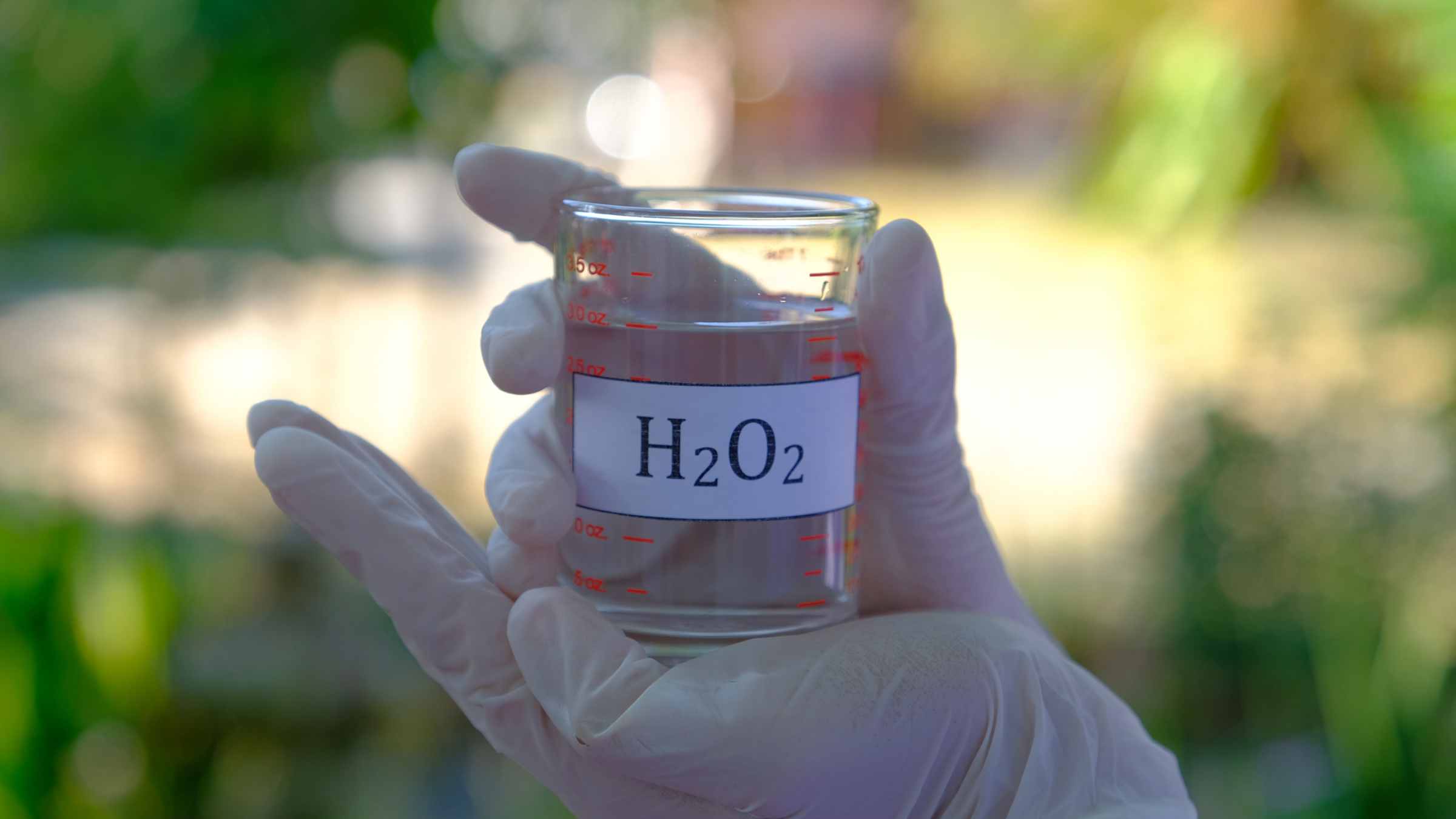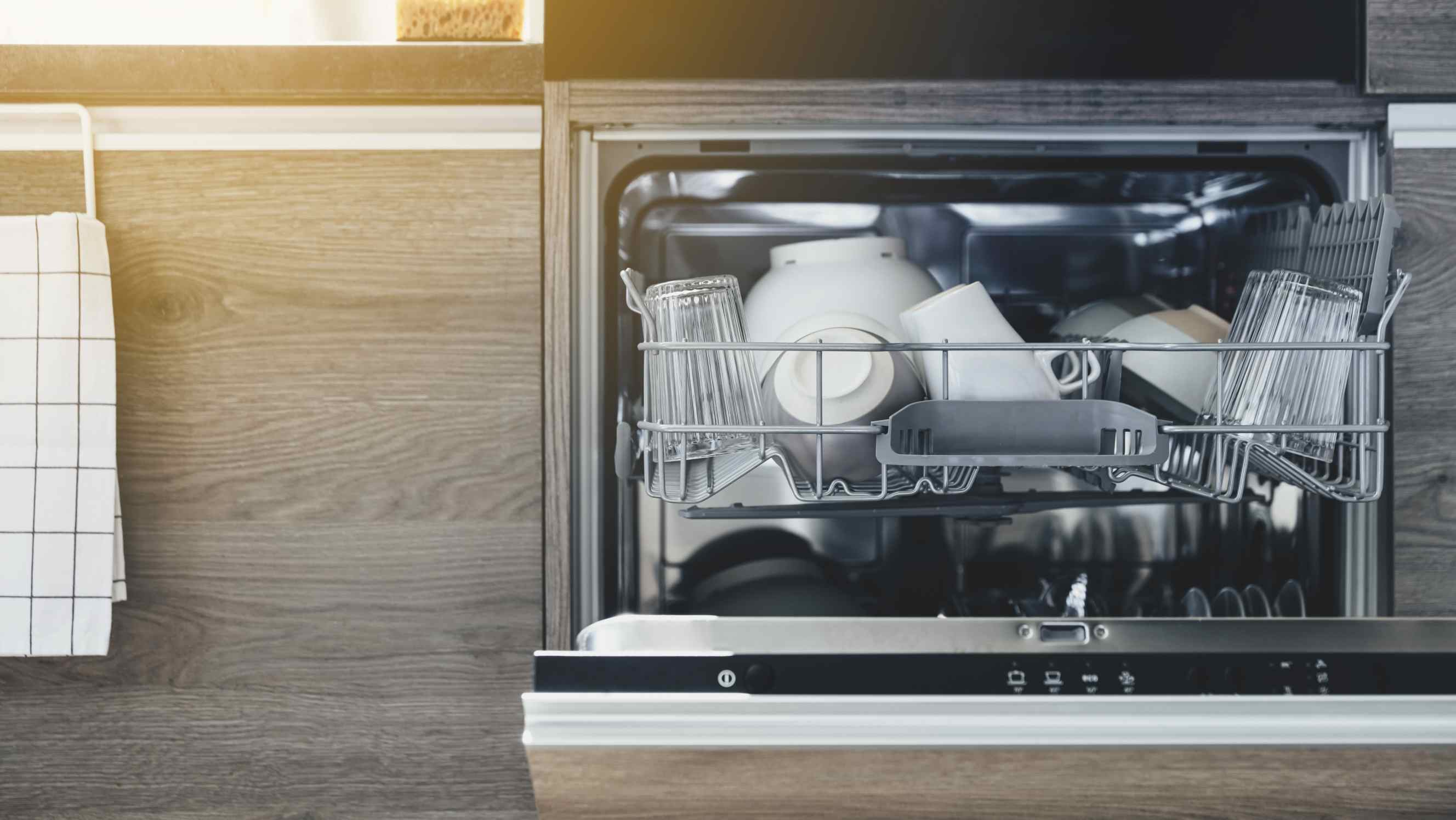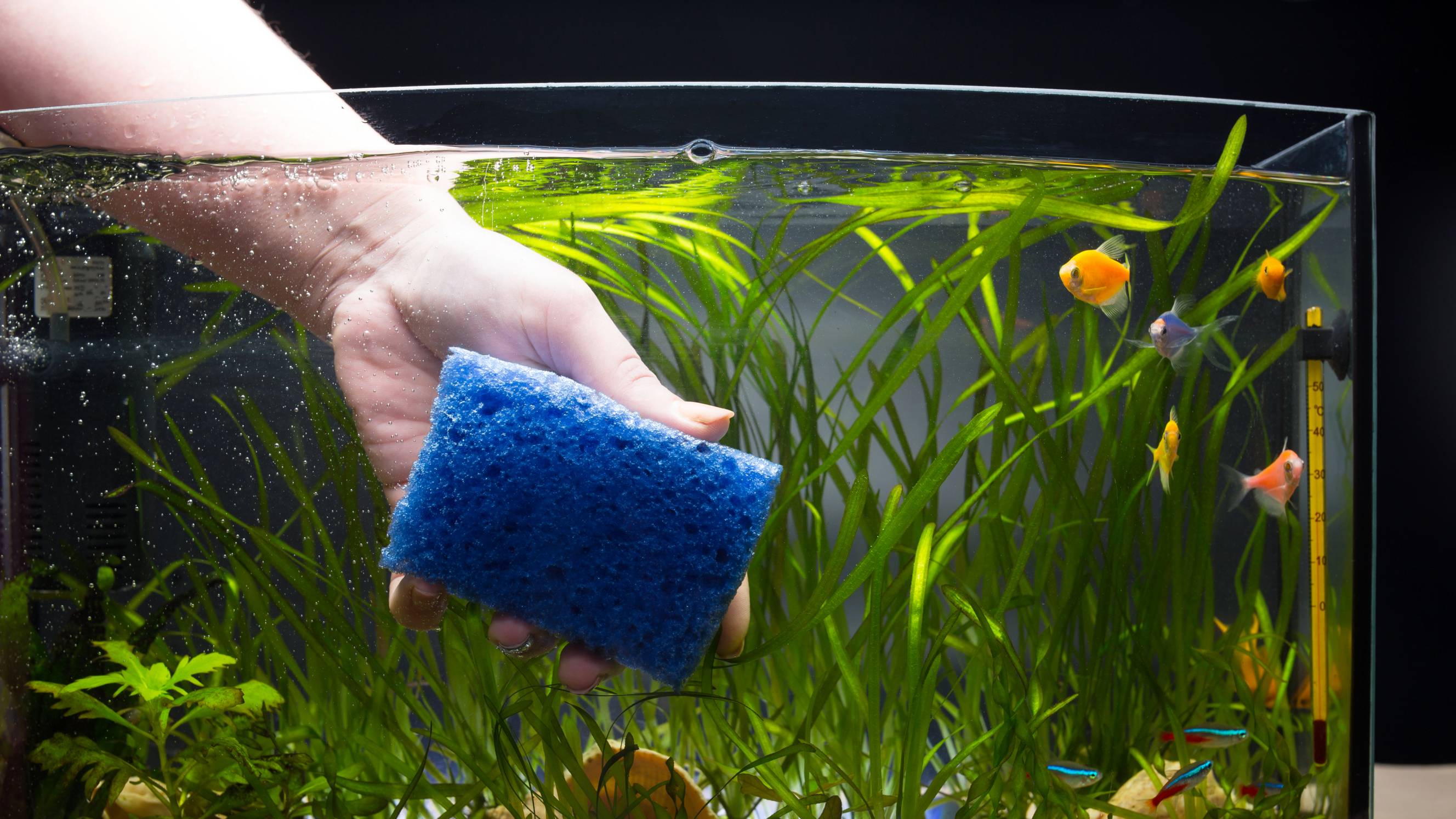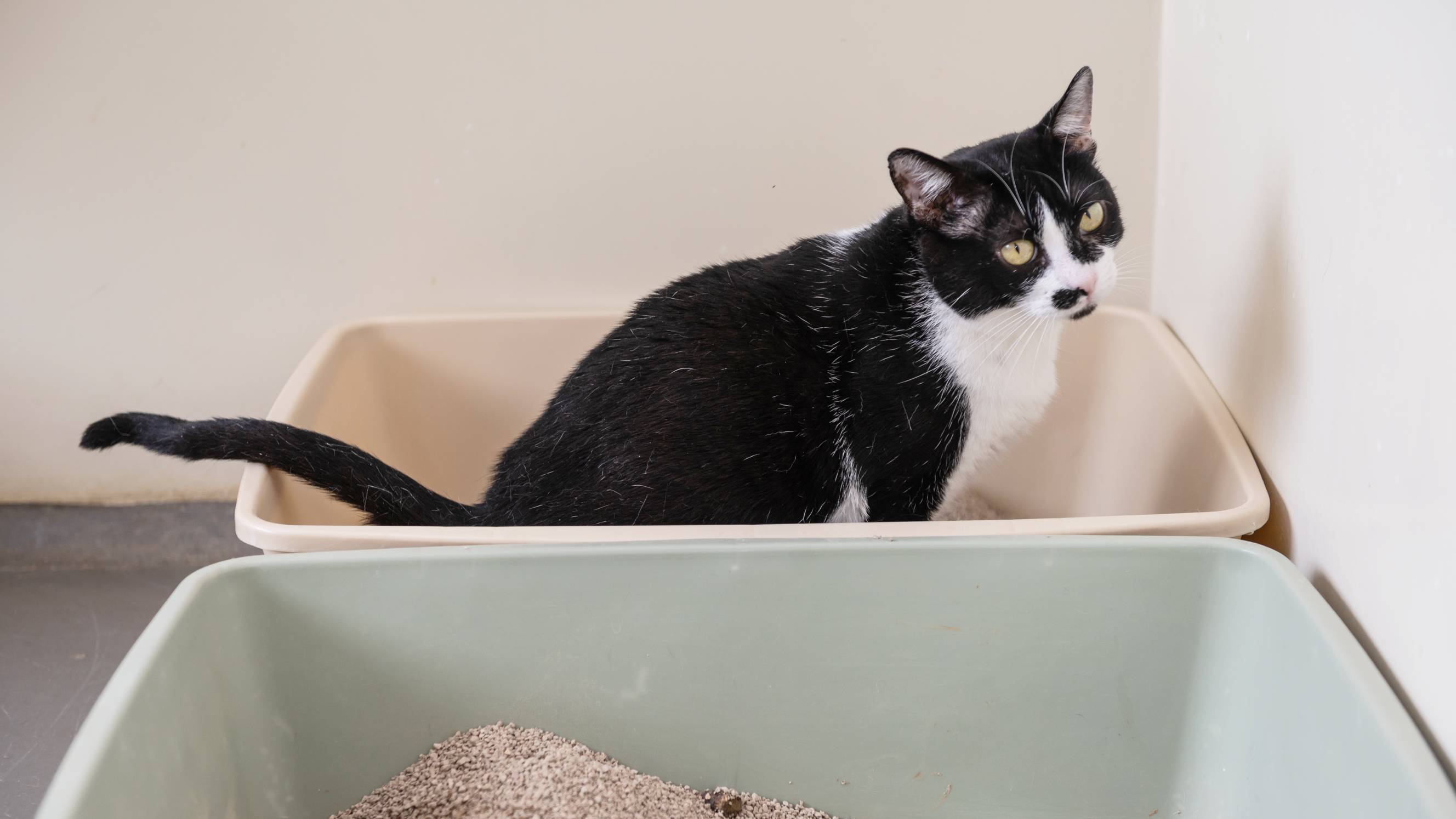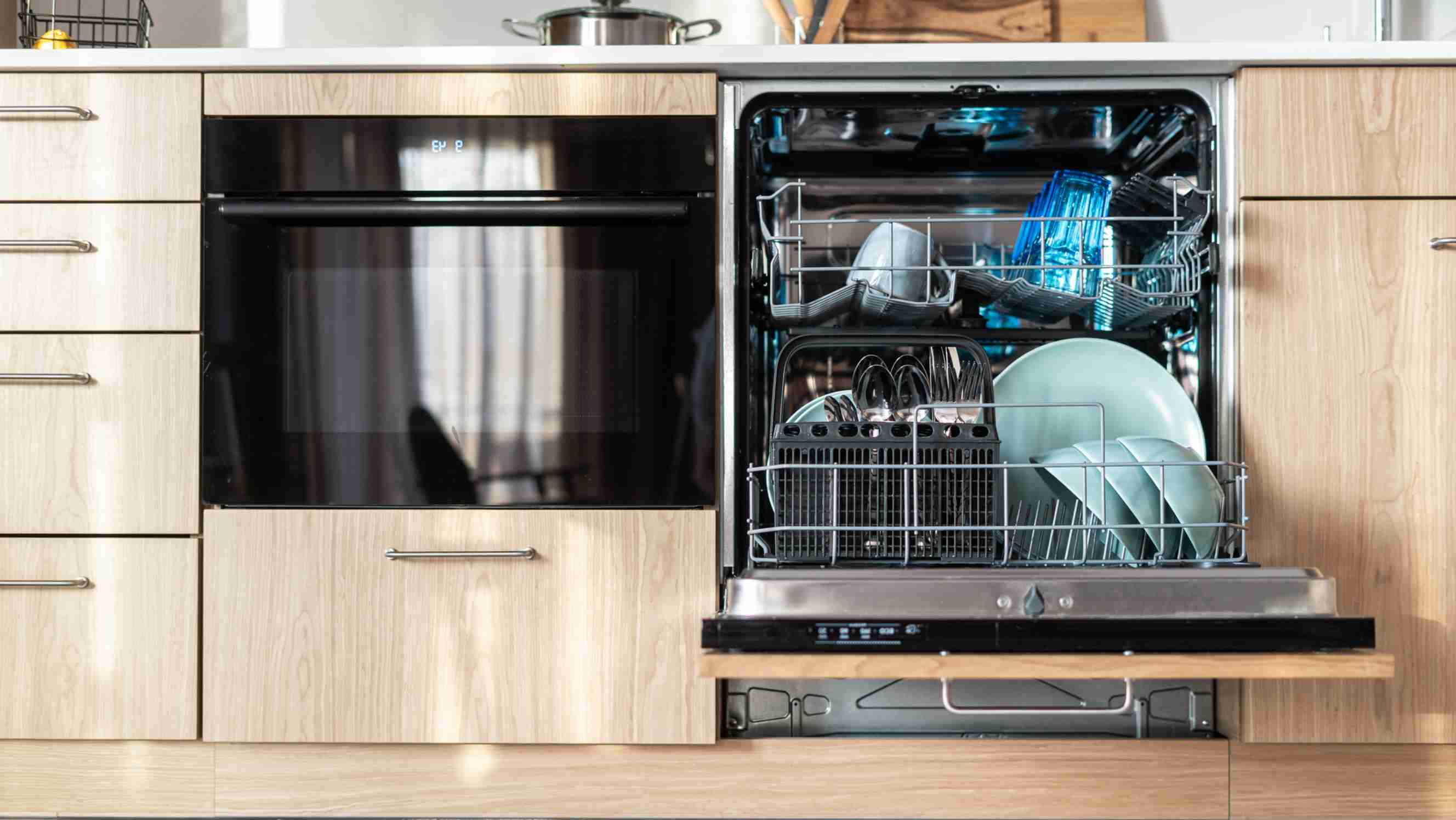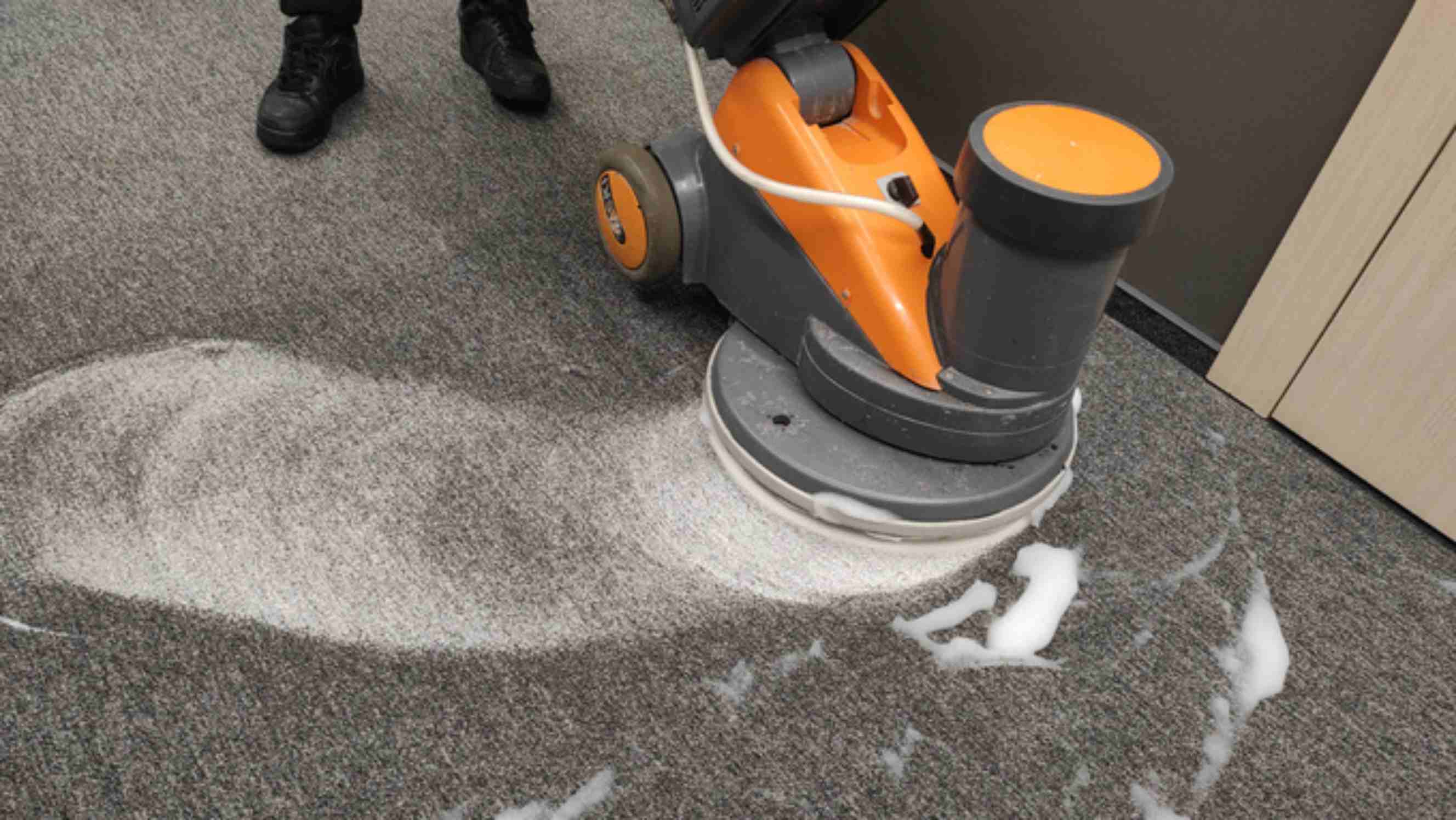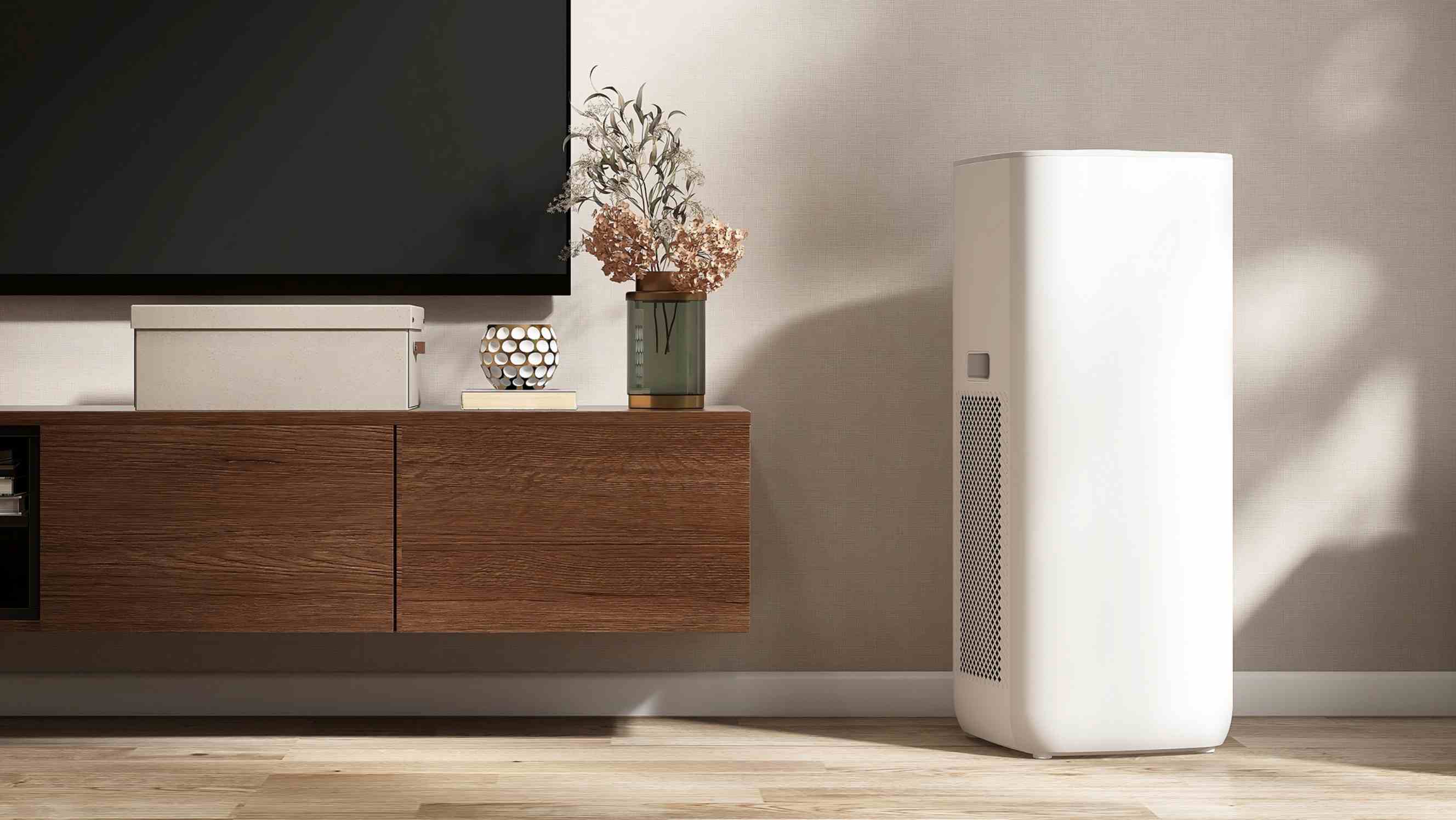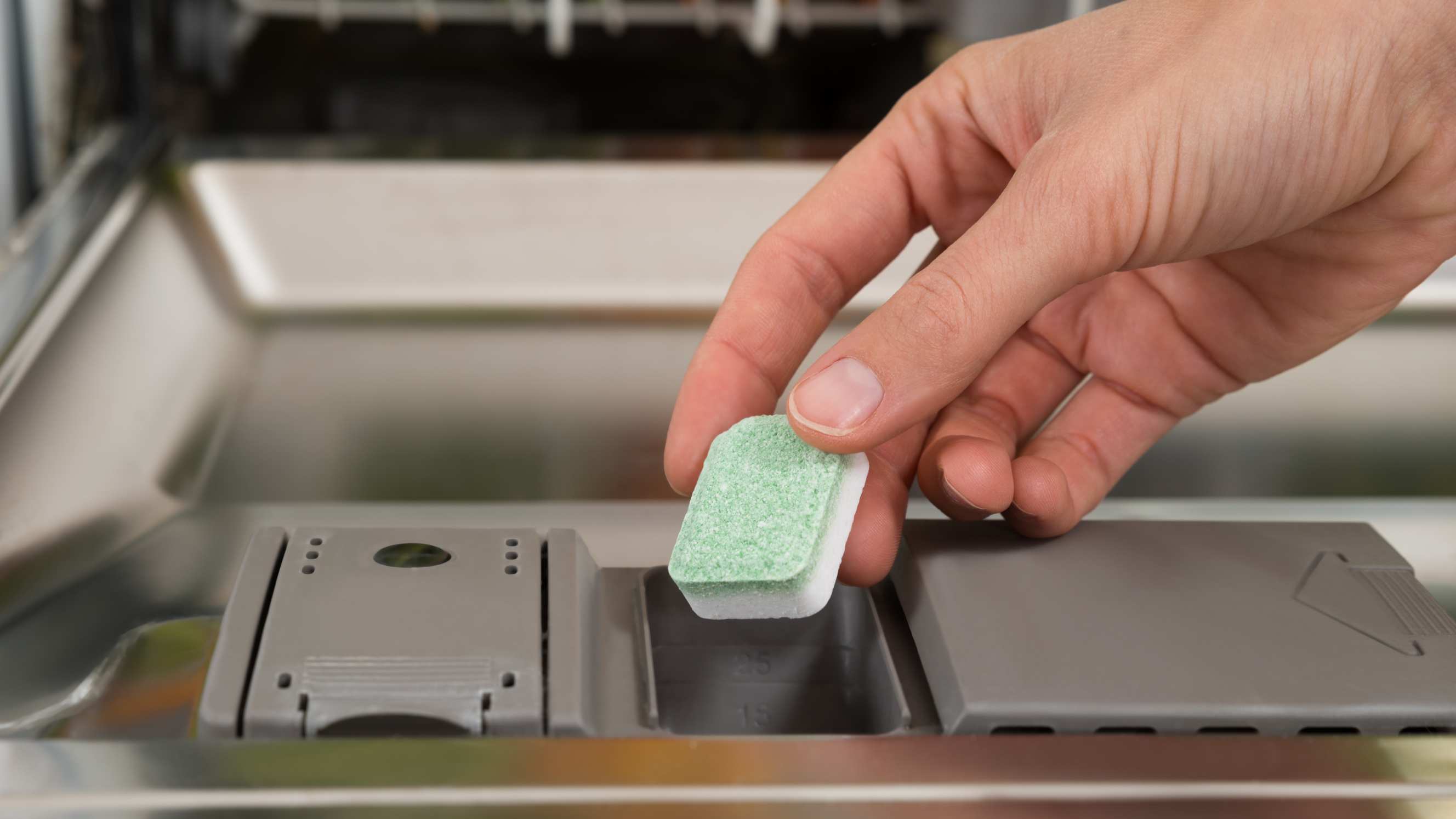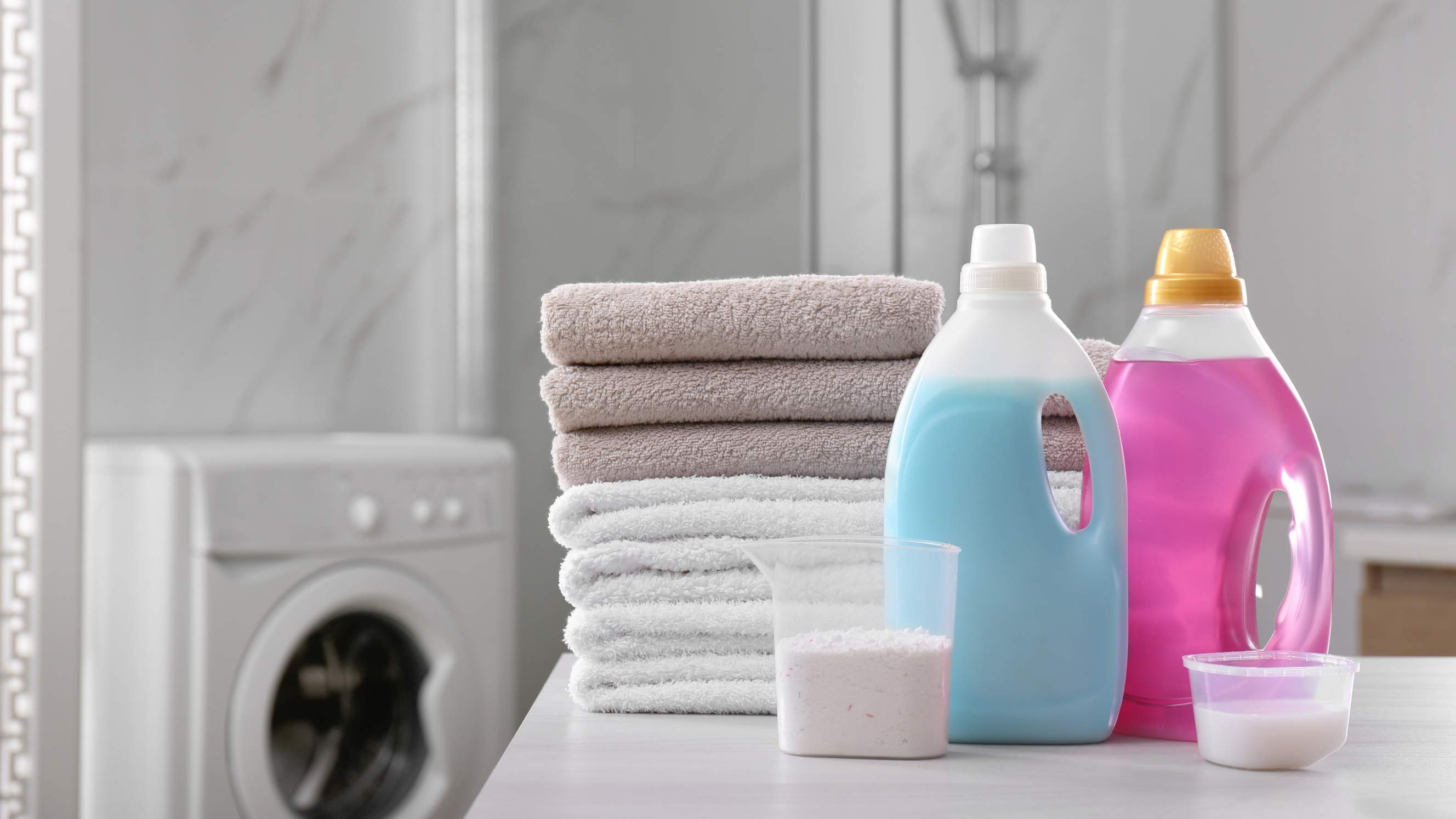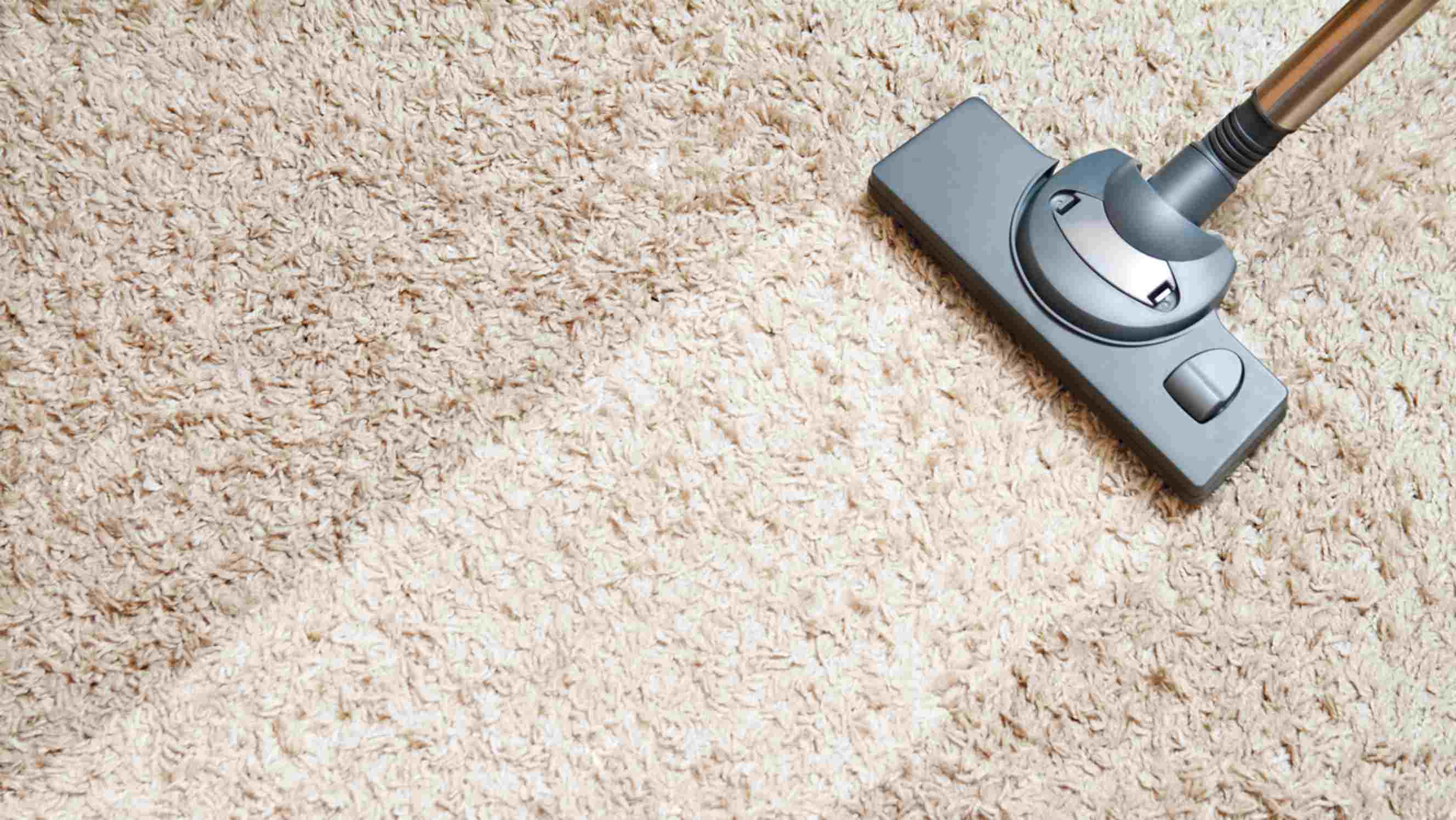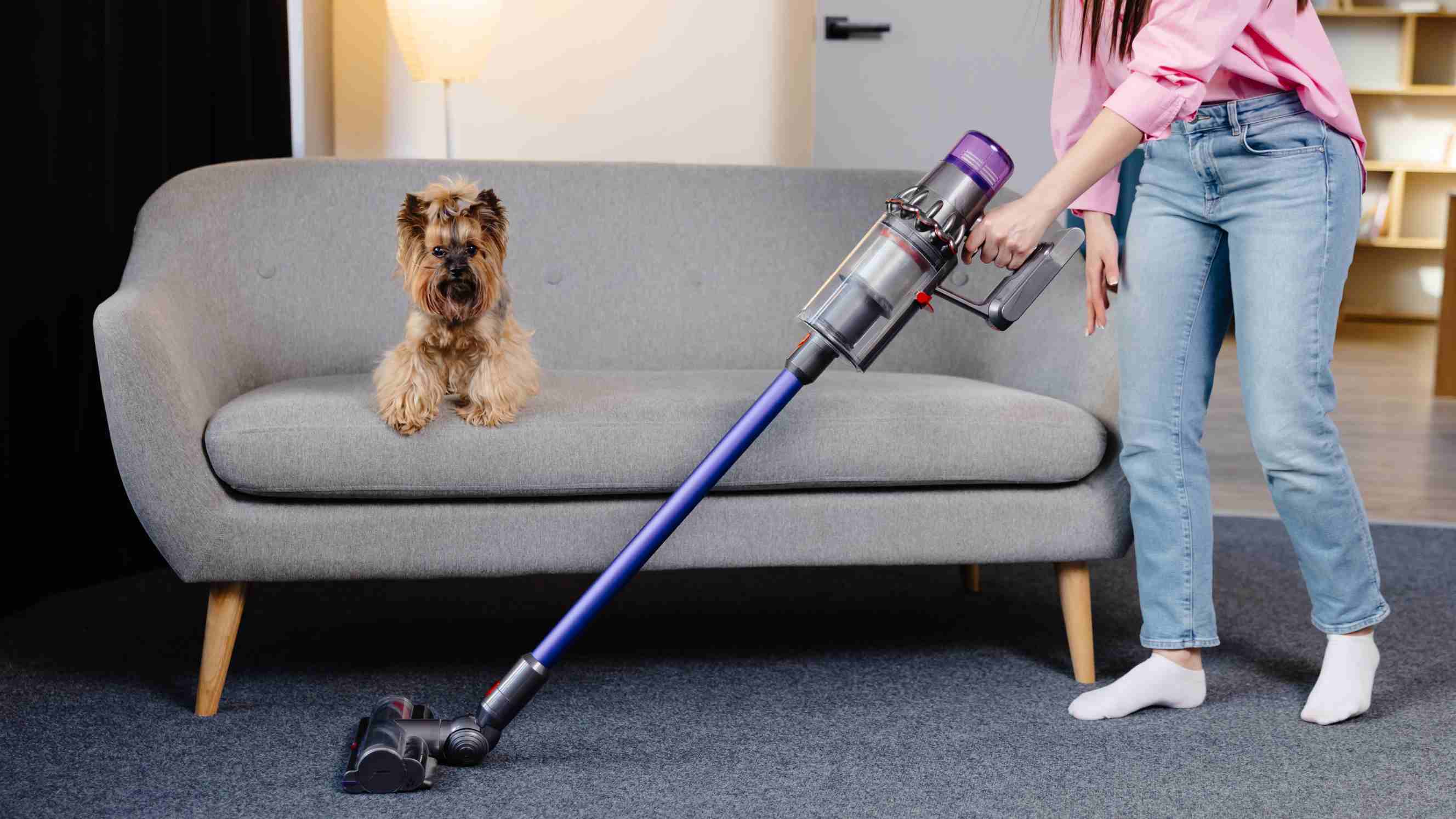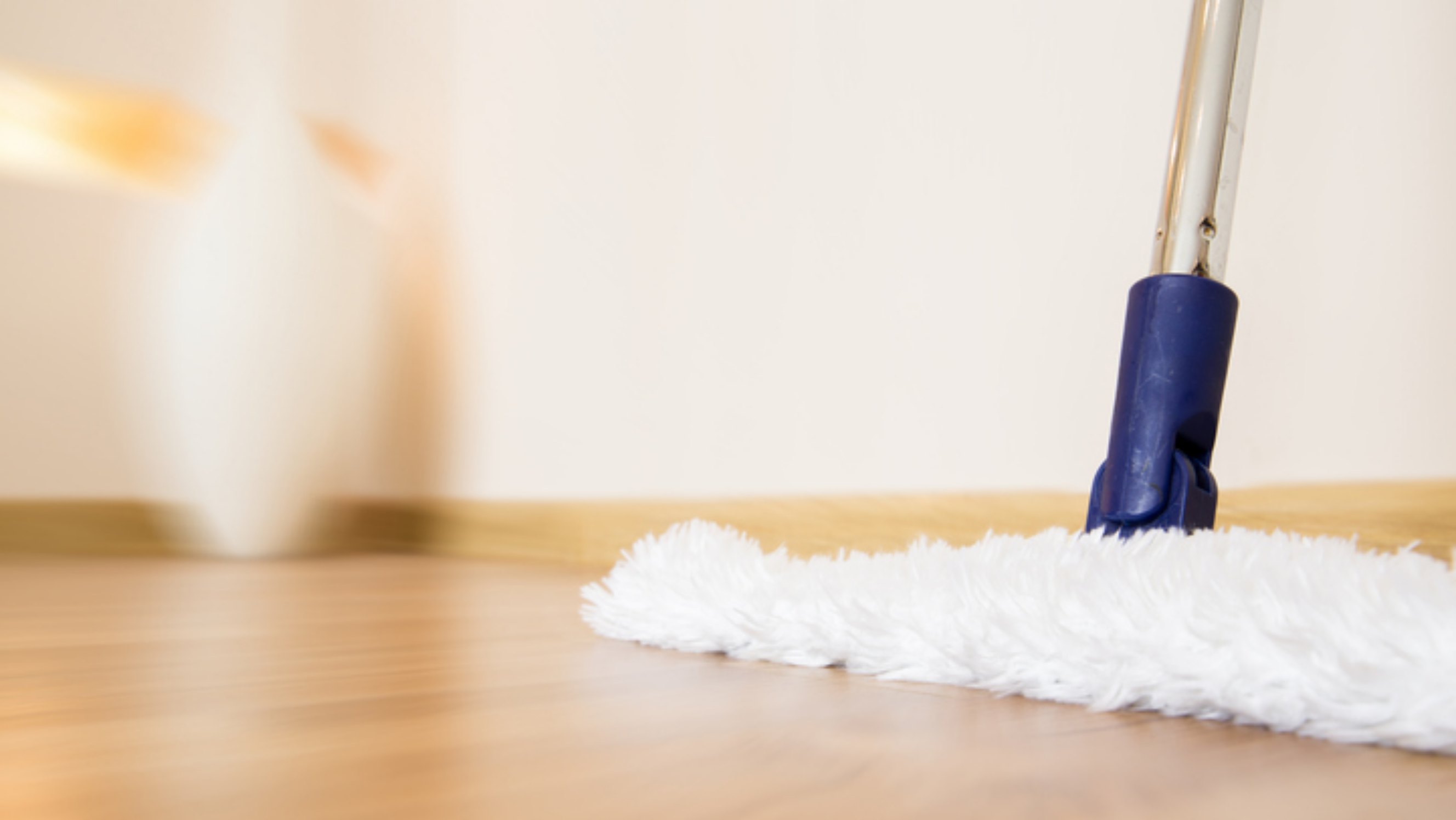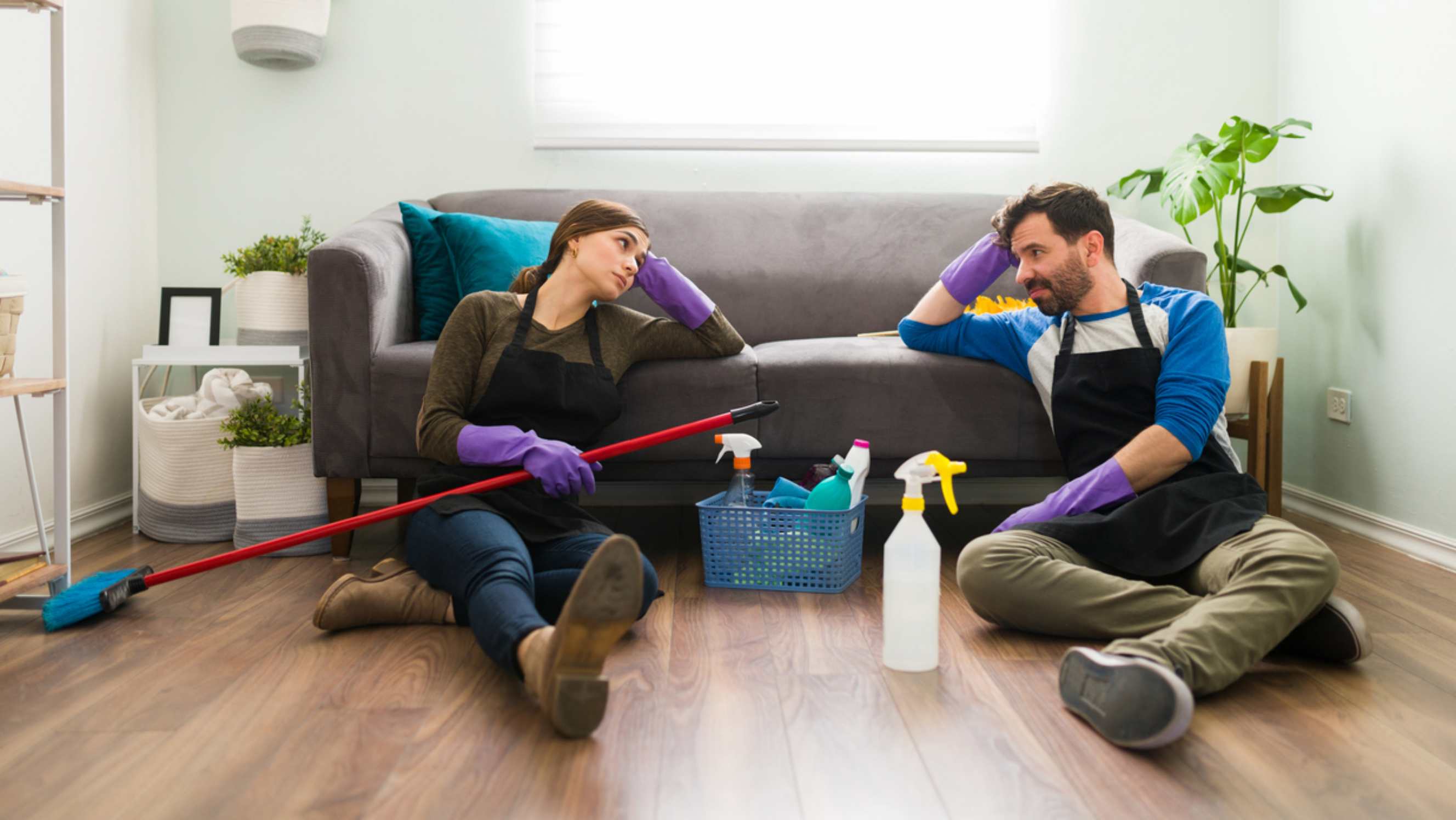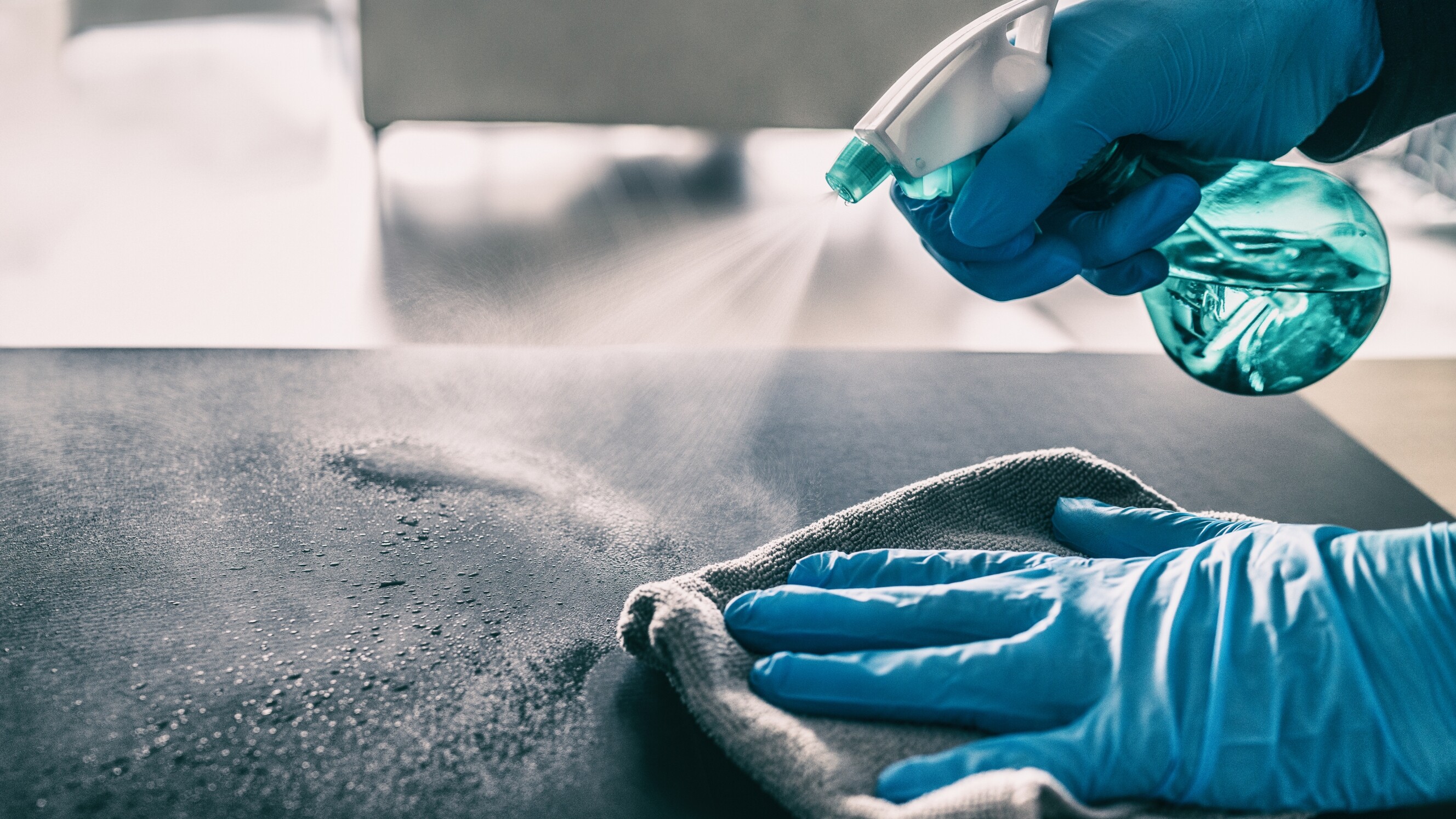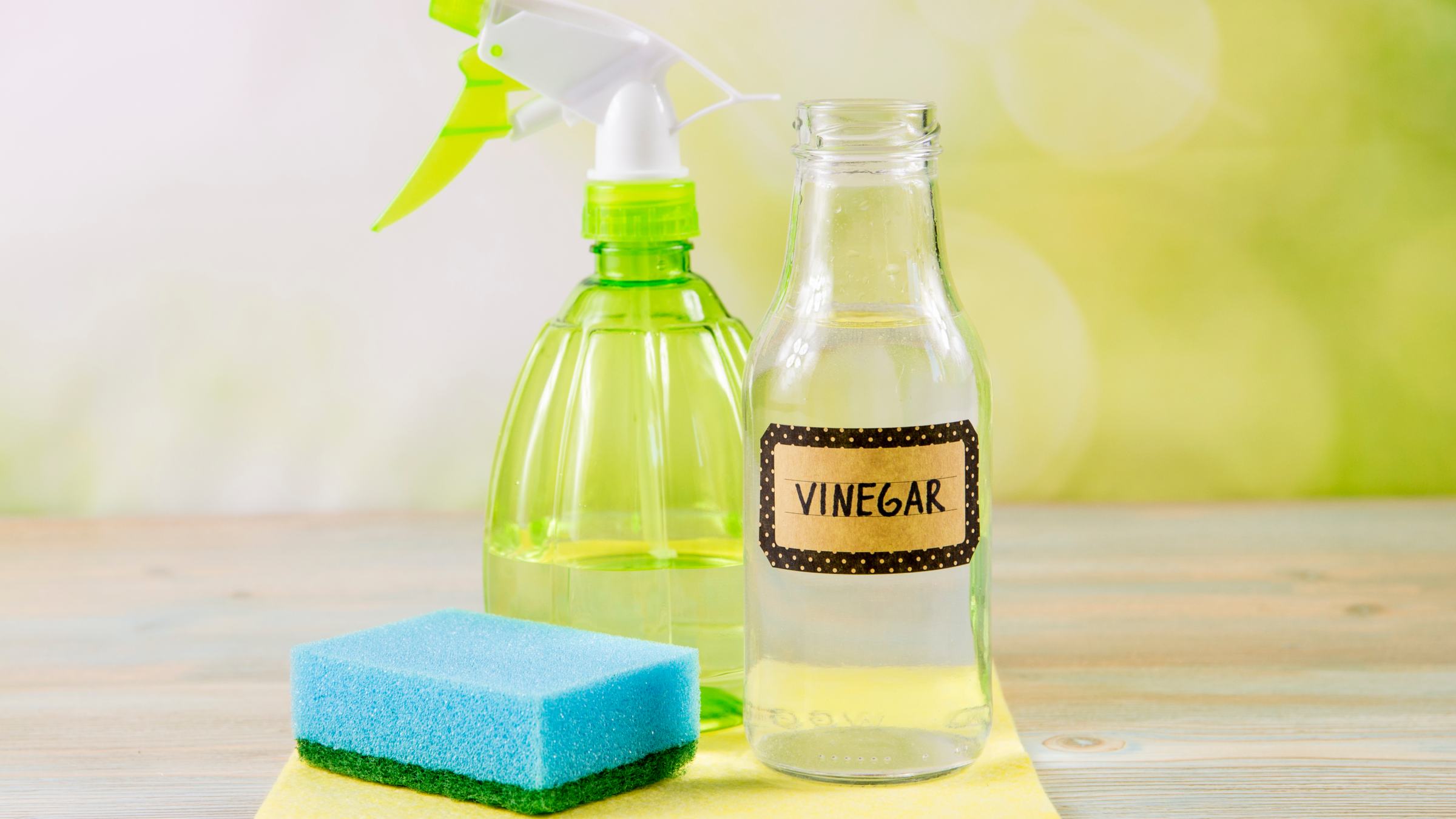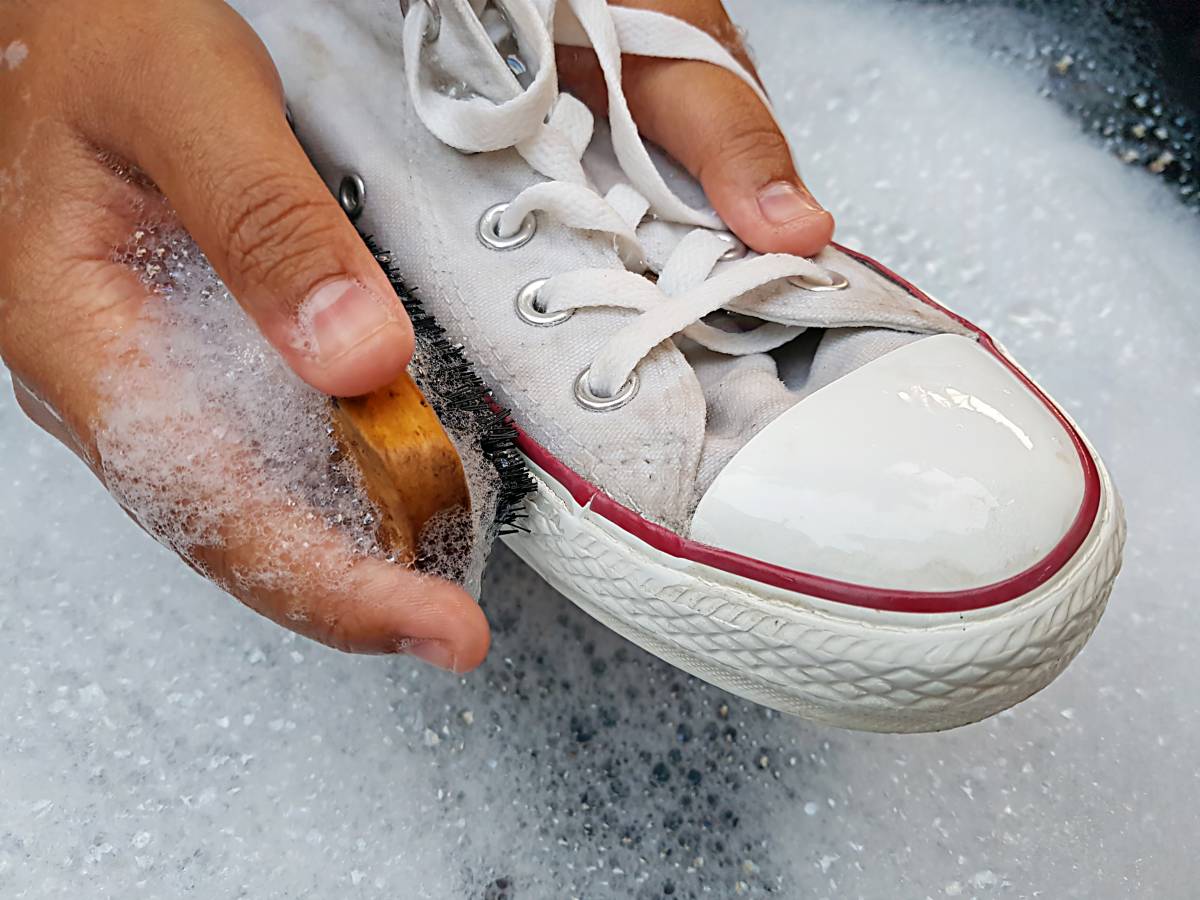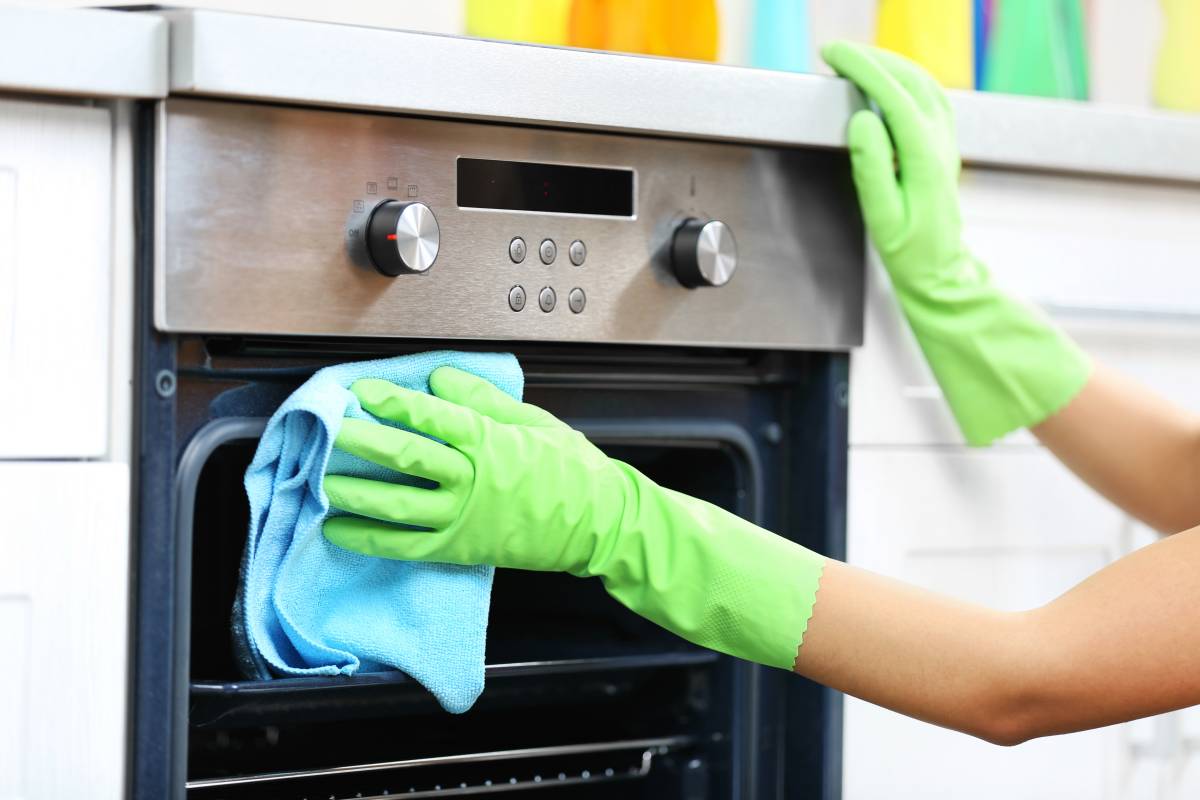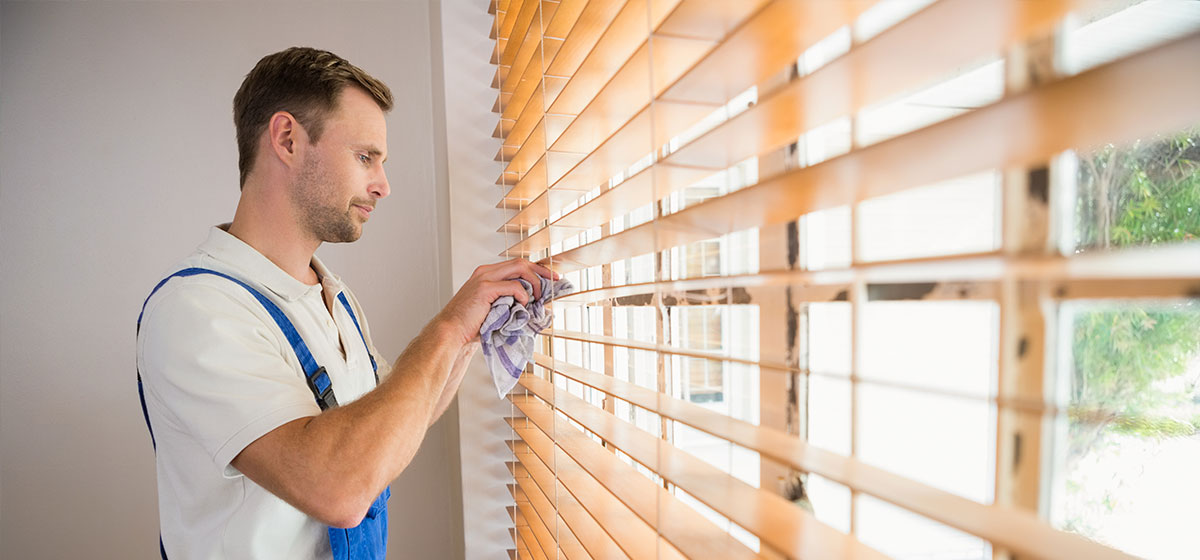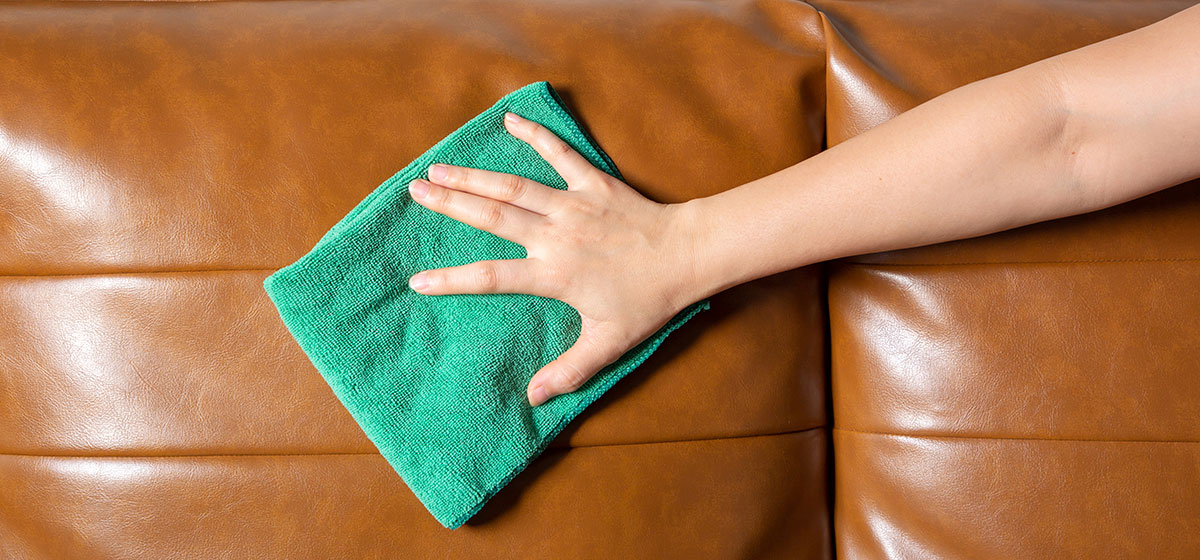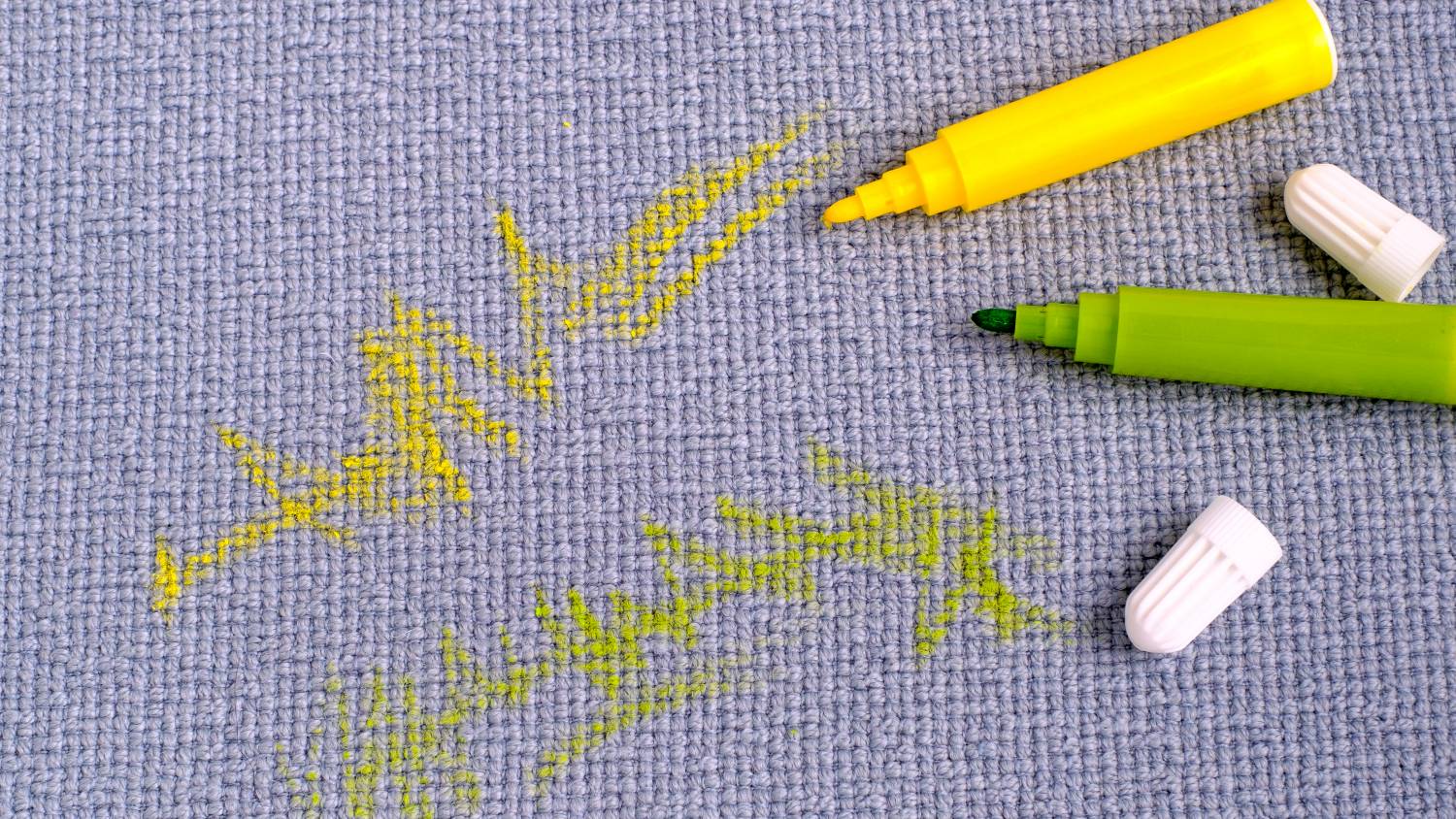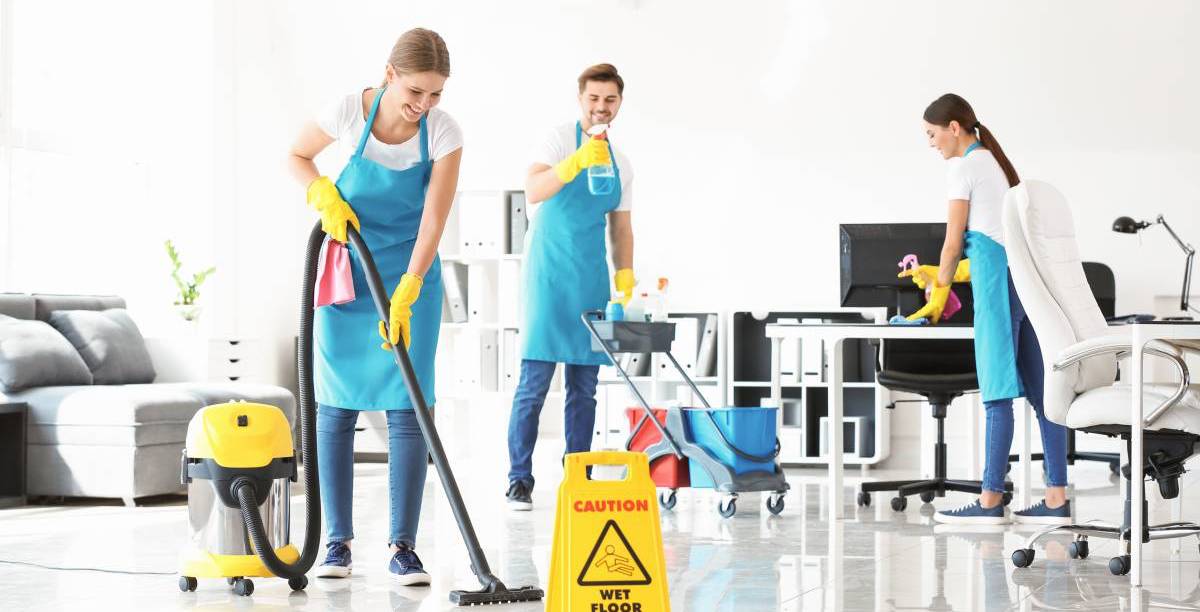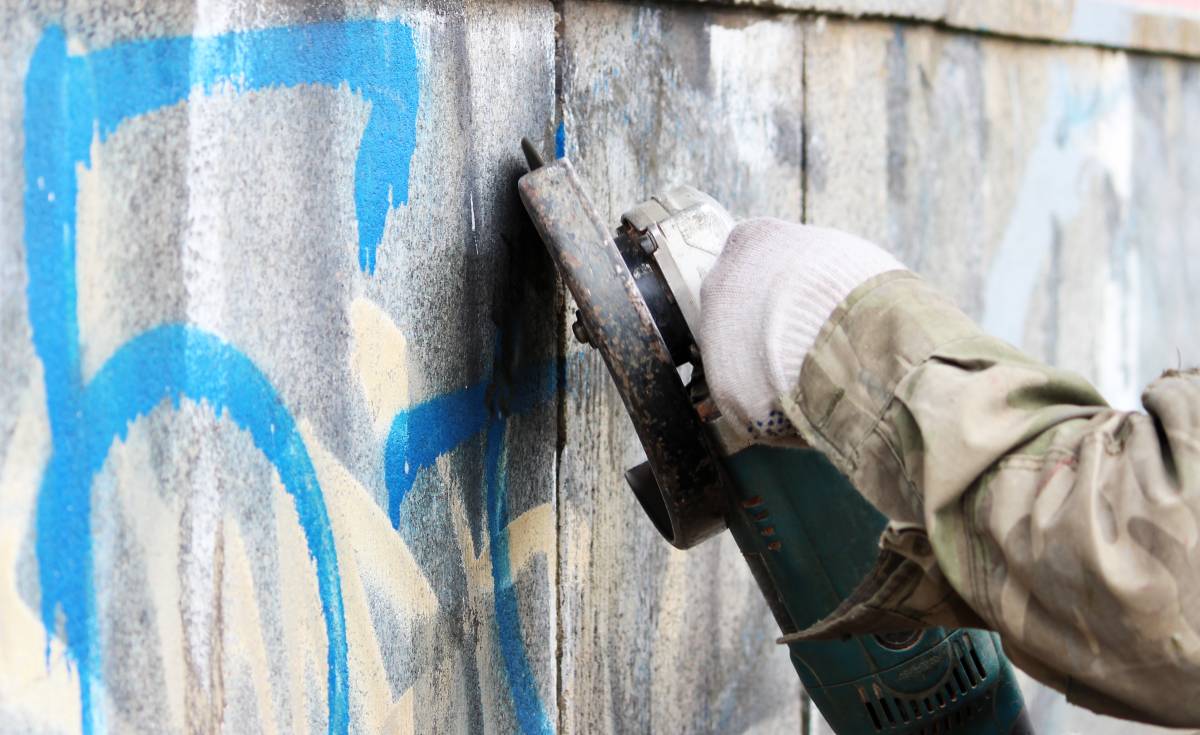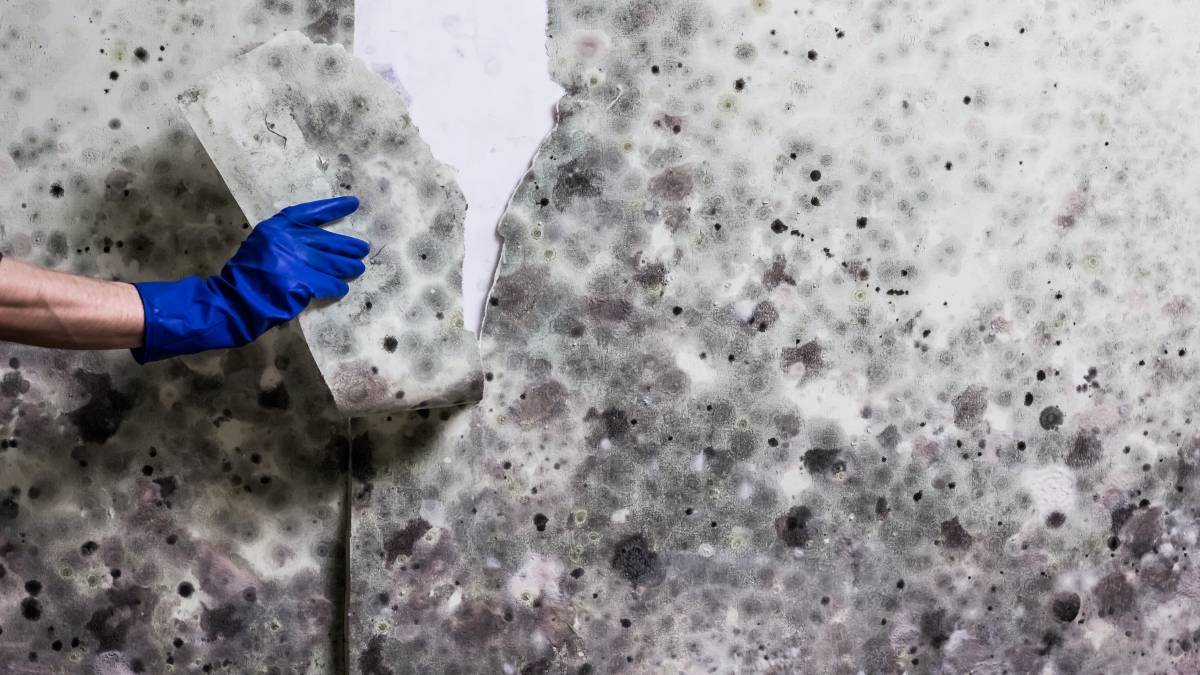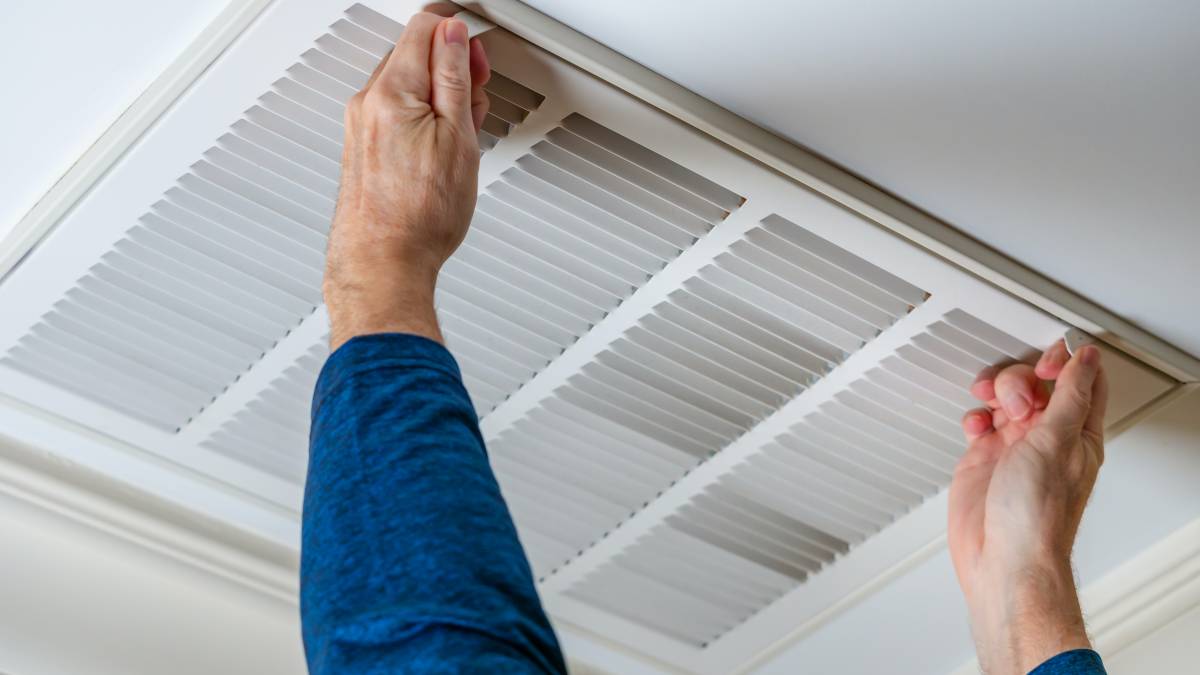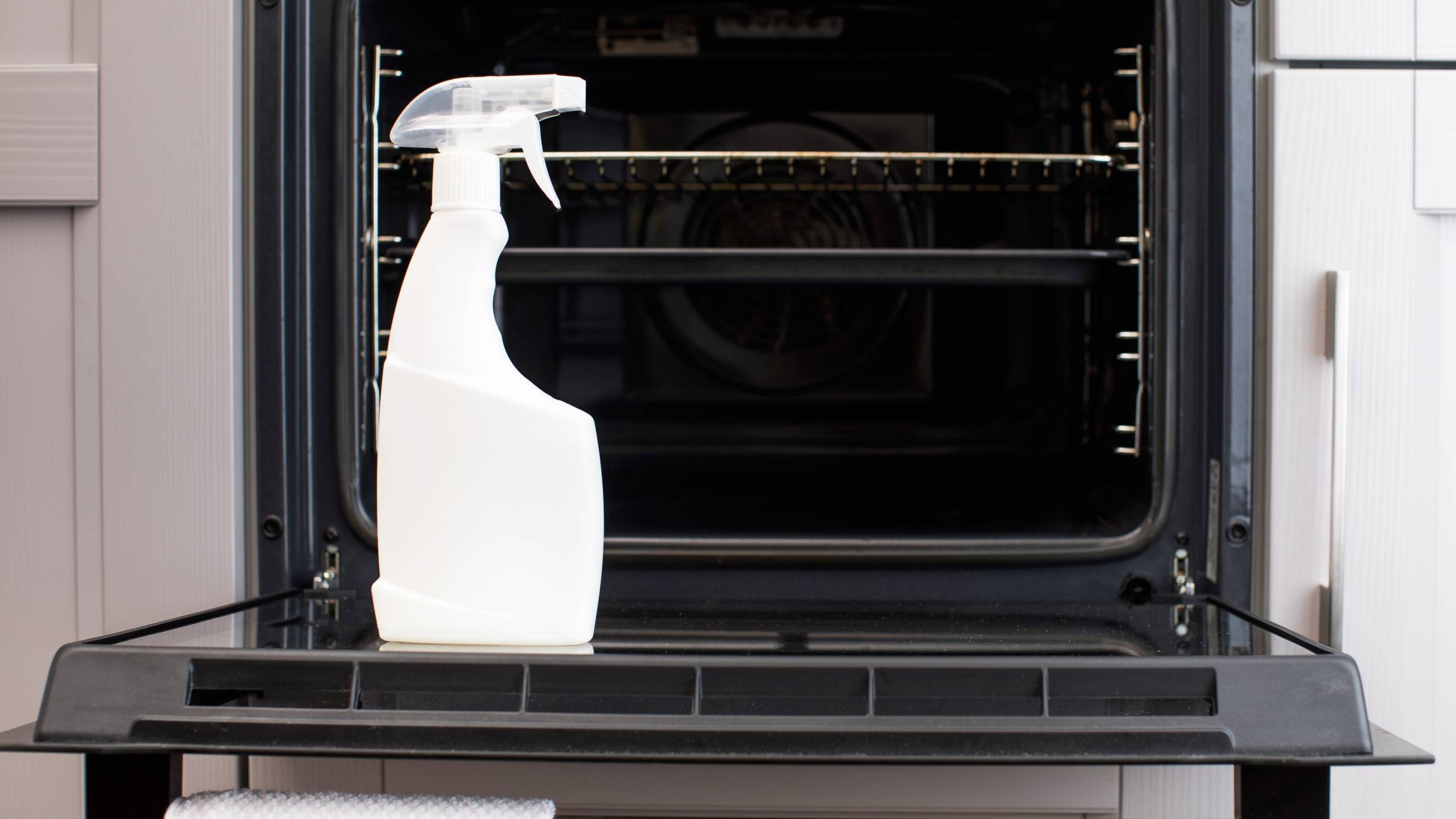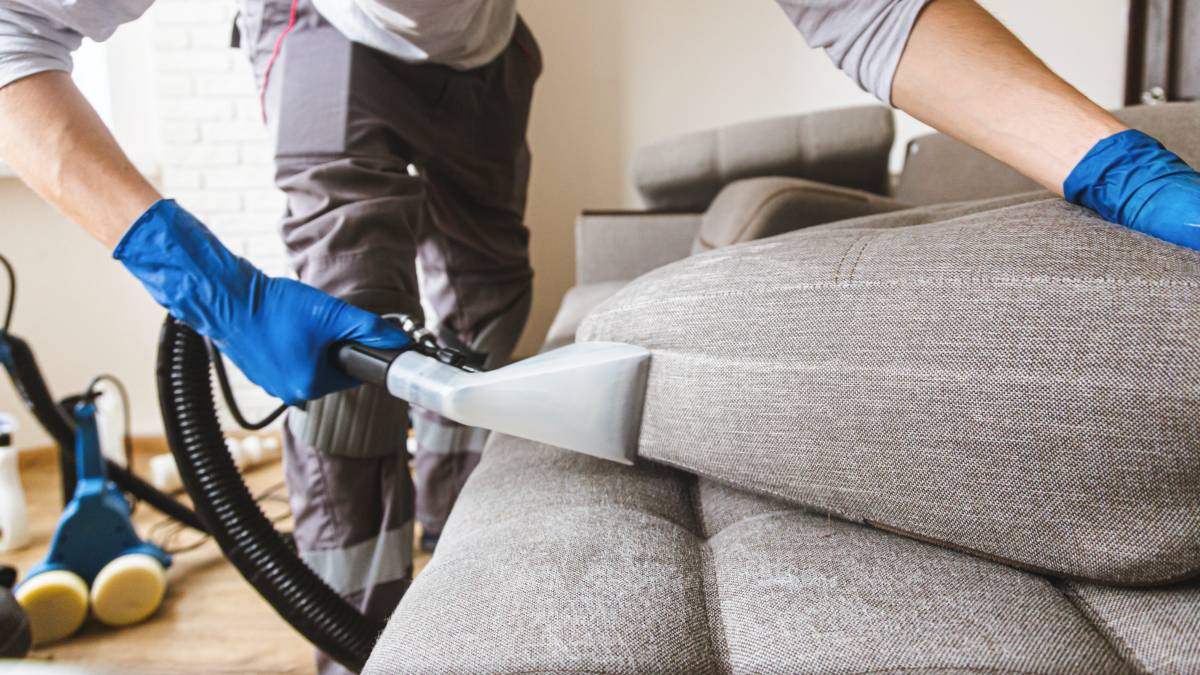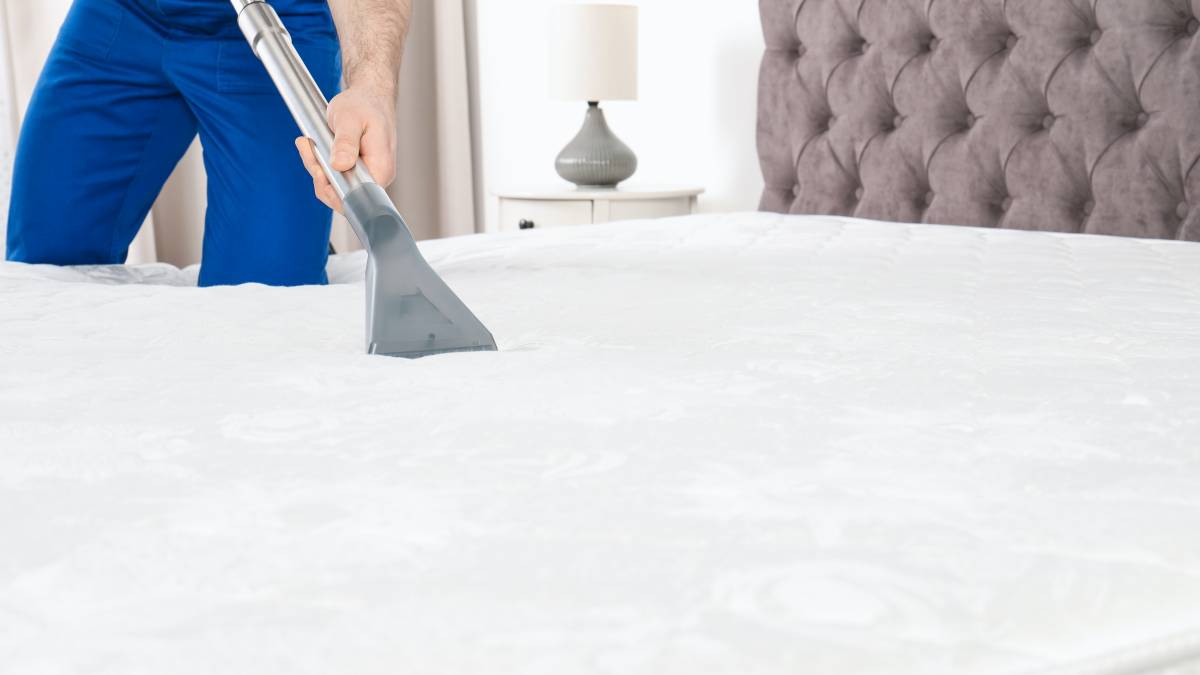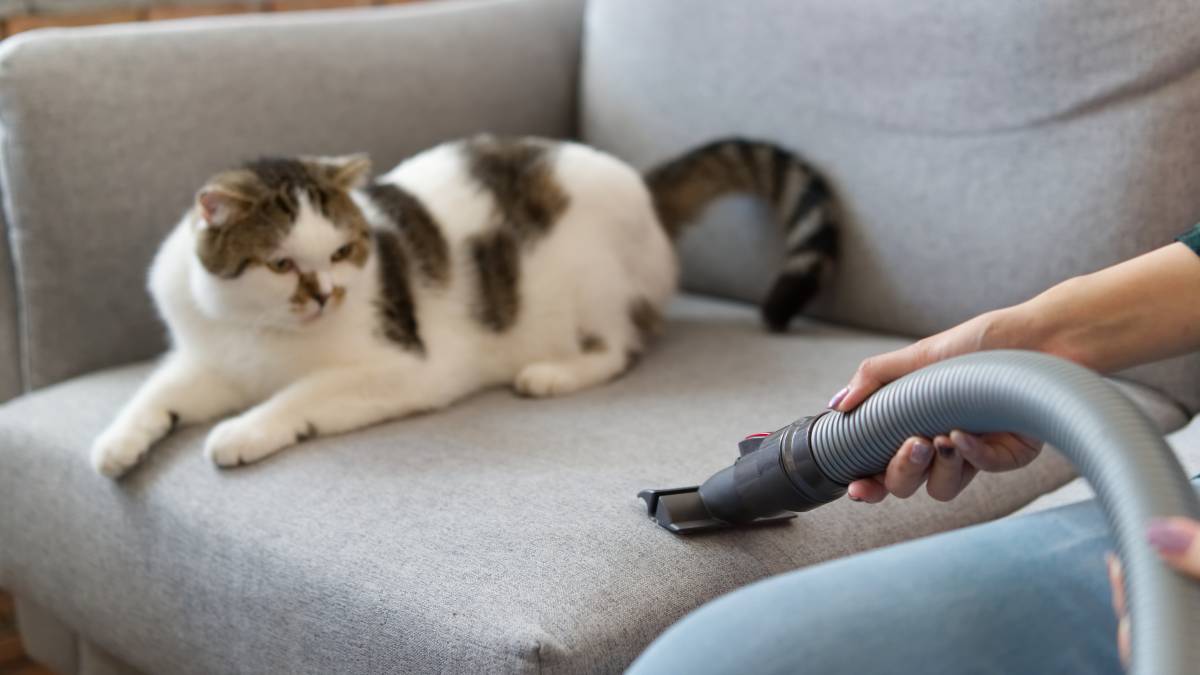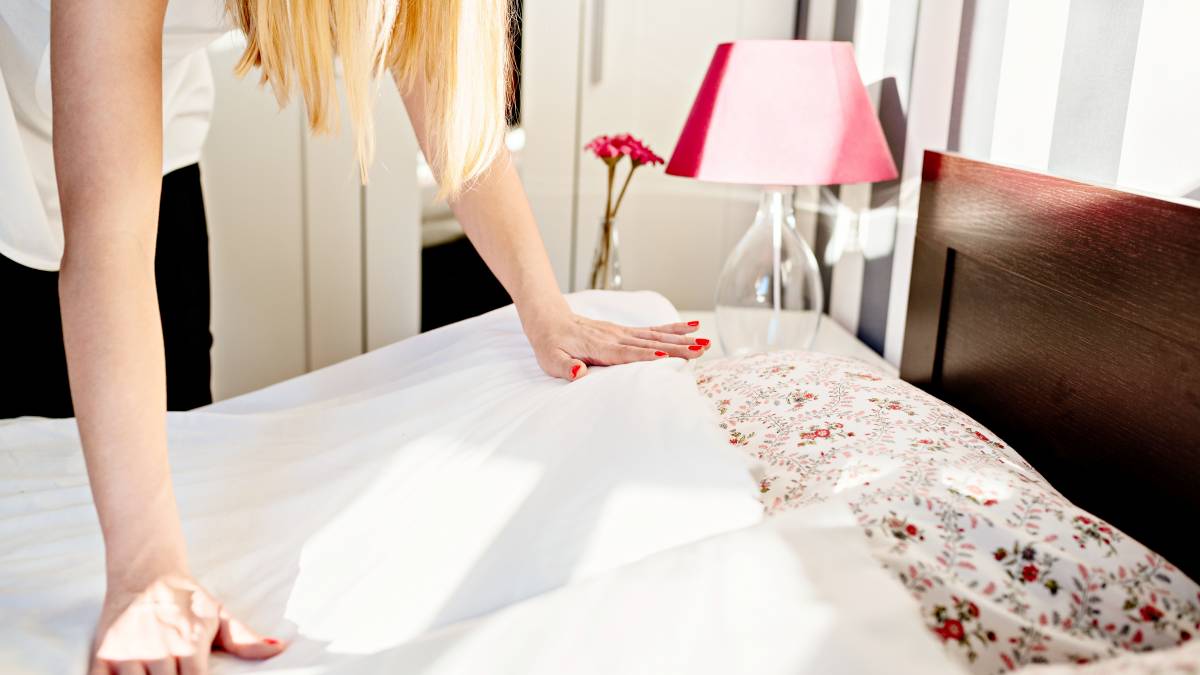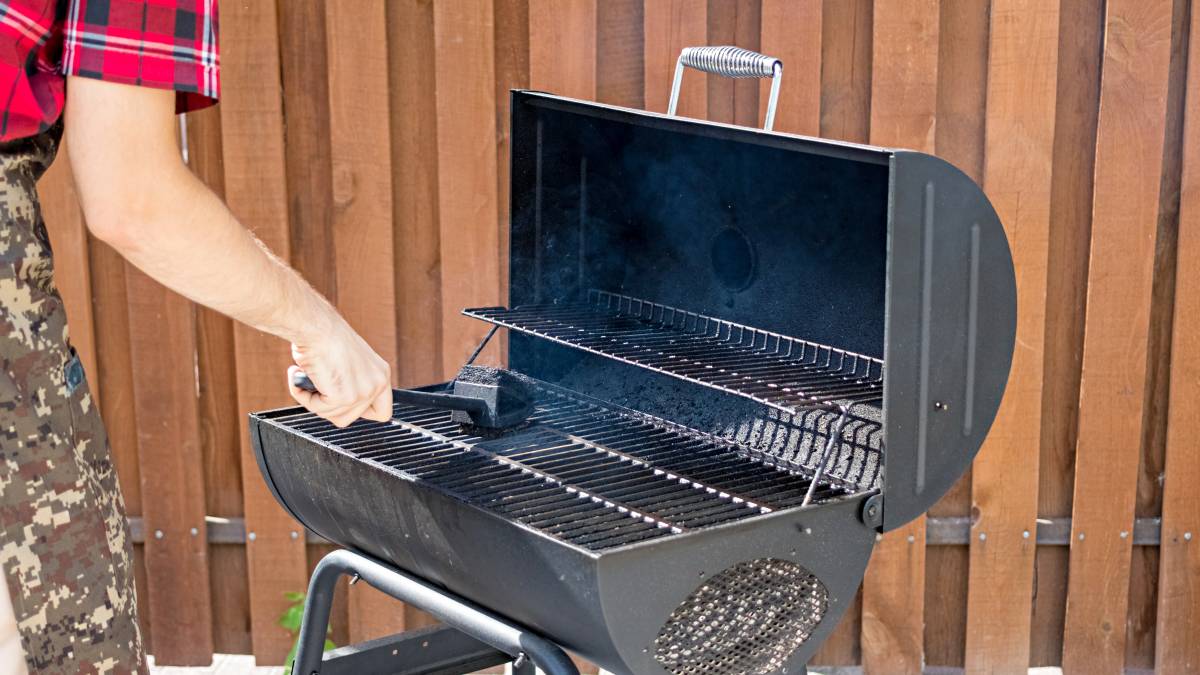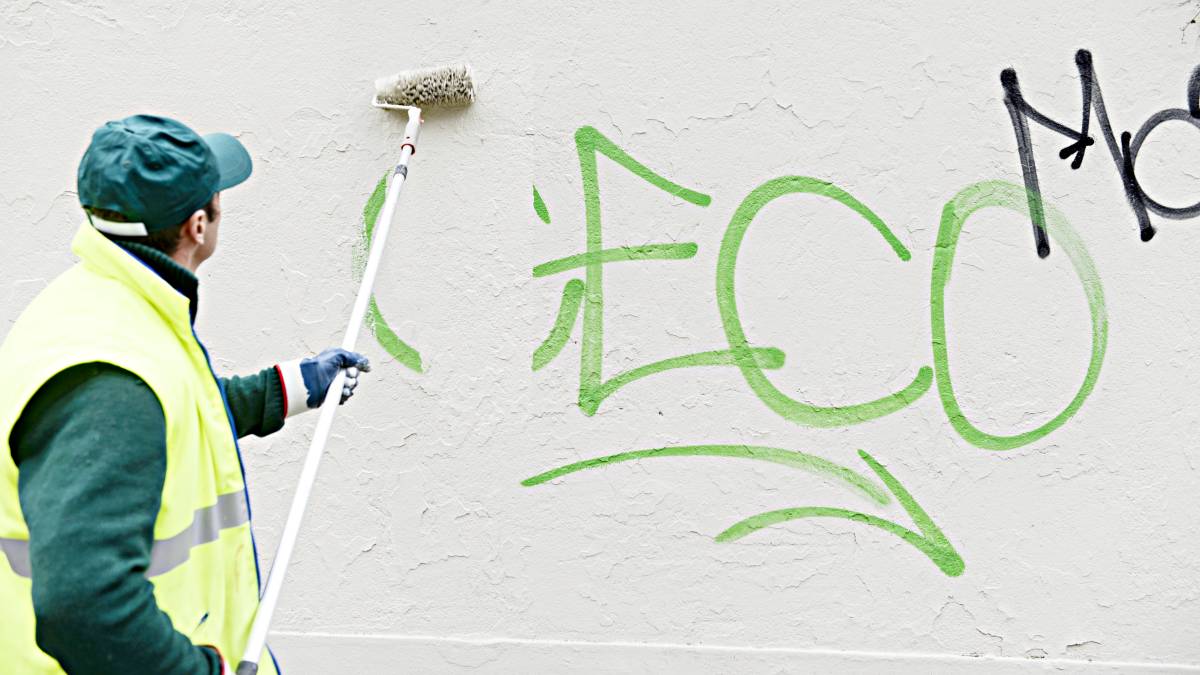- Home/
- Guides/
- Oven Cleaning/
- How to Clean a Microwave
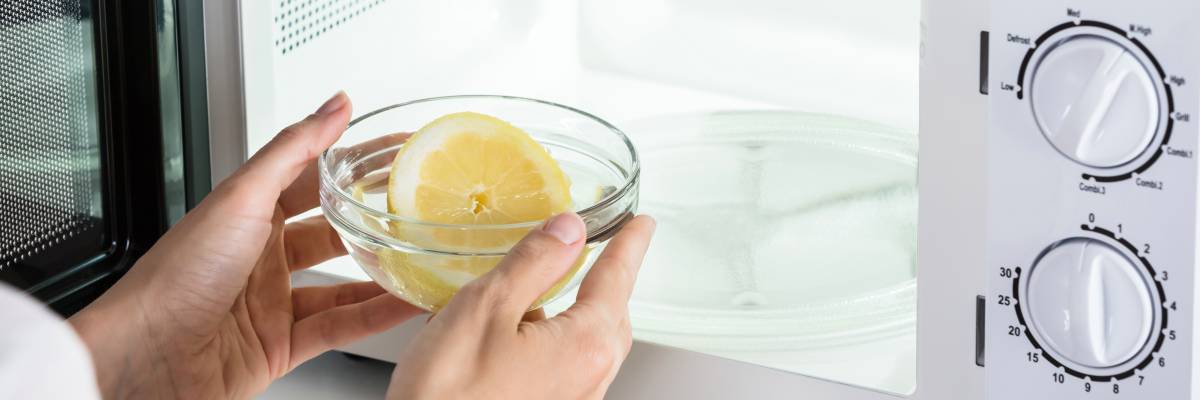
How to clean your microwave the safe and easy way
Here are ways to get rid of grease and smells in your microwave
Find cleaning servicesPublished on
The microwave is one of the most convenient kitchen appliances you could own. It’s not just for reheating old food but for thawing meats, prepping popcorn, and even making quick desserts like little mug cakes.
Unfortunately, because of everything they heat and reheat, microwaves are prone to splatters, spills, and stains.
This means that cross-contamination and the spread of bacteria are bound to happen if left uncleaned for too long. Luckily, microwaves are easy to clean, and there are many safe ways to ensure you get the grime off.
Always wipe down the microwave walls
Microwave walls are often the most targeted area of those pesky splatters and stains, which inevitably retain the smells of the food you heat.
For a quick and easy clean, wipe down the interiors with a cloth or sponge dipped in warm water. Do this after each use to minimize the need for more frequent, thorough cleans.
How to clean the inside of a microwave quickly
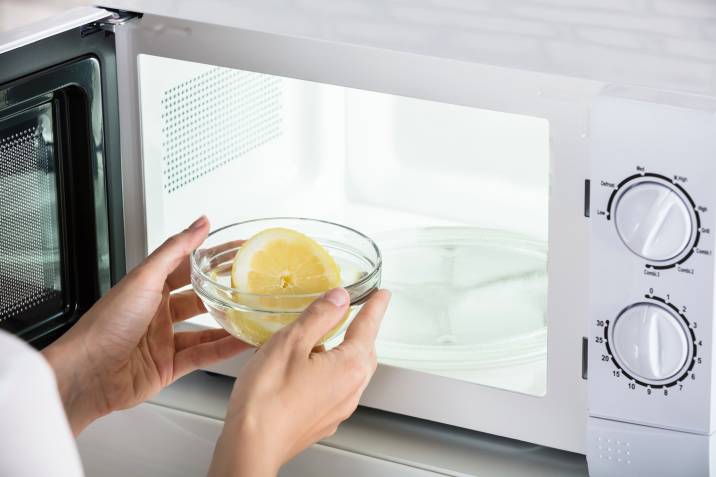
If you’re not able to wipe down the walls as often as you can, and some crust has formed around the splatter, you can opt for a stronger mixture that will effectively help soften the dirt.
What you’ll need:
-
Your main ingredient
Option 1: One lemon (can be substituted with lime or orange)
Option 2: Two tablespoons of vinegar
Two cups of water
Microwave-safe bowl
Sponge or cloth
Detergent
Warm water
Steps:
Mix your ingredients. In your microwave-safe bowl, combine the ingredients of water and your chosen main ingredient (fully squeezed lemon or two tablespoons of vinegar).
Heat your cleaning solution. Set the bowl at the center of your microwave’s glass plate or turntable. Turn it up on high power for three minutes or until the concoction comes to a boil, effectively steaming the window.
Let it cool. Allow the mixture to cool in the appliance for another five minutes. Then, take out the bowl.
Wipe clean. With your sponge or cloth, wipe down the sides, scrubbing at any hardened splatters in the process. Don’t forget to get the turntable, floor, and door of the interiors.
Sanitize. Afterward, sanitize with your detergent and rinse out with warm water.
How to deep clean your microwave
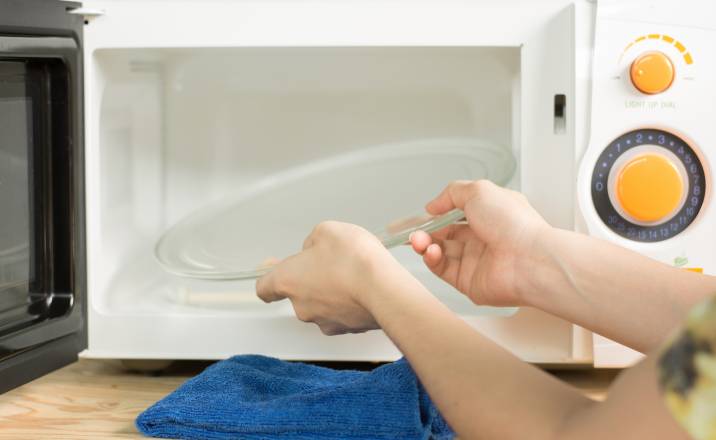
When there’s a little more gunk than you can manage with a quick heat and a wipe down, it may be time for a more thorough clean of your microwave.
What you’ll need:
Paper towels
Sponge
A bowl of warm water
Dishwashing liquid
Cloth
Steps:
Take out the removable pieces. Remove your microwave’s turntable and rack if they’re removable. Wash them normally, as you would glassware.
Do an initial dry clean. With a kitchen paper towel, scrape away any crumbs, splatters, and hardened dirt. This initial wipe should make the next step easier.
Mix your cleaning solution. Add a drop of dishwashing liquid to your bowl of warm water. Dip your sponge in, then stir and squeeze until suds start to foam in the bowl.
Scrub the microwave. Using your cleaning solution, scrub the walls, top, bottom, and door of the microwave interiors until sufficiently soapy. Buff in circular motions for best results and hard-to-remove dirt. With the same solution, clean the exterior of the microwave. Take care in going over the buttons.
Do one final wash. Once done, rinse away with a damp cloth until free from soap.
Return any removable pieces. As an added layer of cleanliness, dry all the microwave surfaces with another paper towel before returning your turntable.
How to clean your microwave door
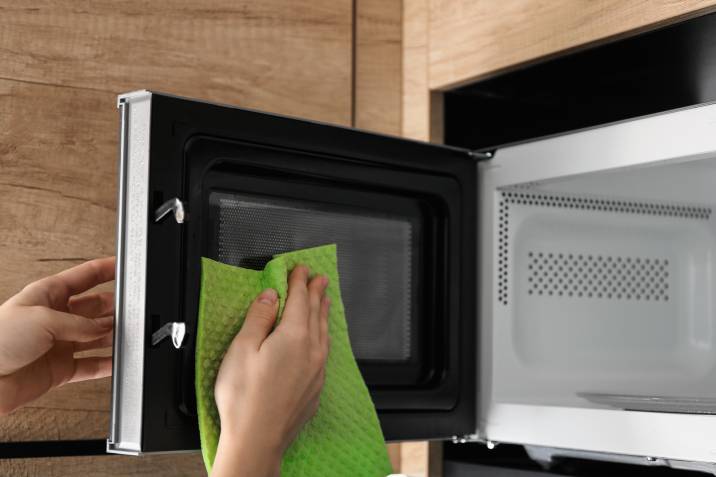
Sometimes, microwave doors can catch a lot of dirt and grease. It’s important to check for dirt or grease at least once a week to clean.
What you’ll need:
Water
Baking soda
Sponge or cloth
Vinegar
For dirty doors:
Prepare your solution. Dip your dampened cloth or sponge in baking soda.
Wipe thoroughly. Make sure to cover the whole door and its edges where you’ll find the seal.
Rinse with water. No need to go too intense with water; wiping with a clean damp cloth should be enough.
For greasy doors:
Combine your mixture. Create a 50/50 solution of vinegar and water.
Wipe thoroughly. Cover both the front and back windows of your microwave doors.
Rinse with water. A damp cloth should be enough to rinse before wiping the doors dry.
Once your microwave is sparkling clean, consider giving your oven the same treatment—especially if you’re doing a full kitchen refresh. Depending on your location, you can hire a local oven cleaning expert to handle the job or find trusted professionals for oven cleaning in New York and Los Angeles.
Keeping your microwave clean
If using your microwave is a daily routine, there are other ways to go about maintaining the cleanliness of your microwave. You can cover the food you’re heating with a paper towel or a microwave-safe plastic protectant.
Another solution is to choose a lower power setting. While this might take longer for your food to heat, it will effectively keep your food from boiling over while heating.
No time to make the regular clean? Your next best option is to hire a professional cleaner to cover your essential kitchen appliances in one go. They can help ensure your microwave and oven are in the best possible condition for cooking and heating.
FAQs on microwave cleaning
In general, you should thoroughly clean your microwave at least once a week. But you may have to clean it more often if you frequently use your microwave. A good practice is to wipe the interiors with a paper towel after each use to avoid dirt buildup.
Heating lemon in a bowl should help get rid of the smell. You can also opt to clean out the microwave and leave the door open for the day. If the smell persists, you can look into finding odor control services to get the task professionally done.
Microwaves can be cleaned in several ways, depending on your concern.
- For regular, everyday cleaning, a paper towel should suffice.
- For weekly cleaning of stains and splatters, you can use vinegar.
- For odor control, lemon is your best bet.
- For deep cleans, you can opt for dishwashing liquid or window cleaners. Note that you cannot mix these two liquids.
- For greasy windows, baking soda or vinegar can get the job done.
Find oven cleaners, fast
Find an oven cleaner
Related articles
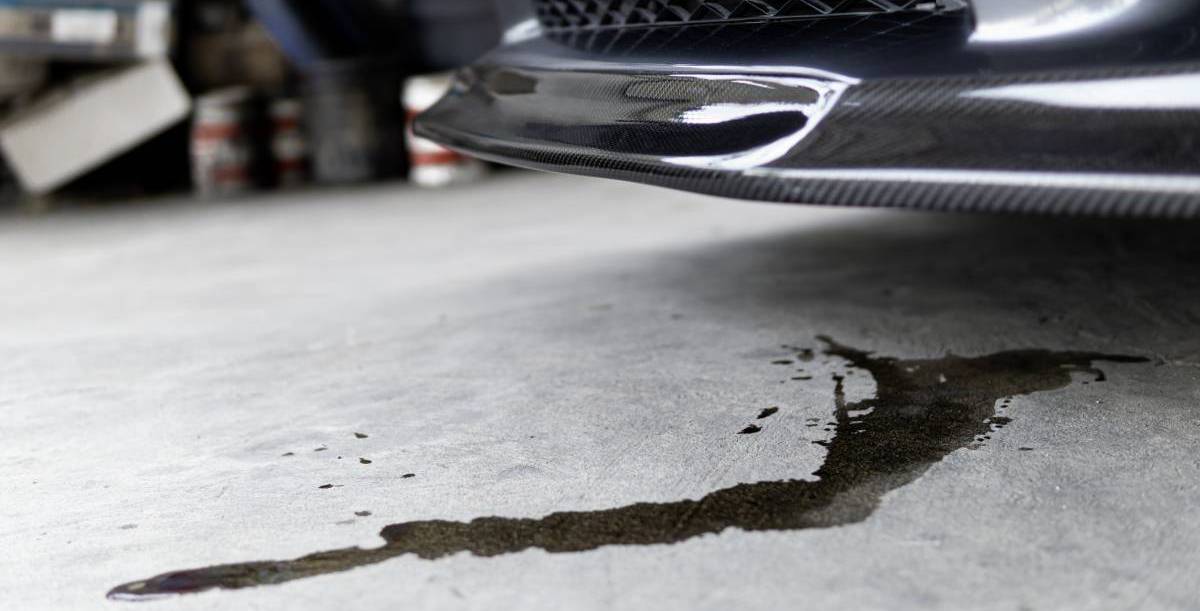
How to clean a garage floor
Read more
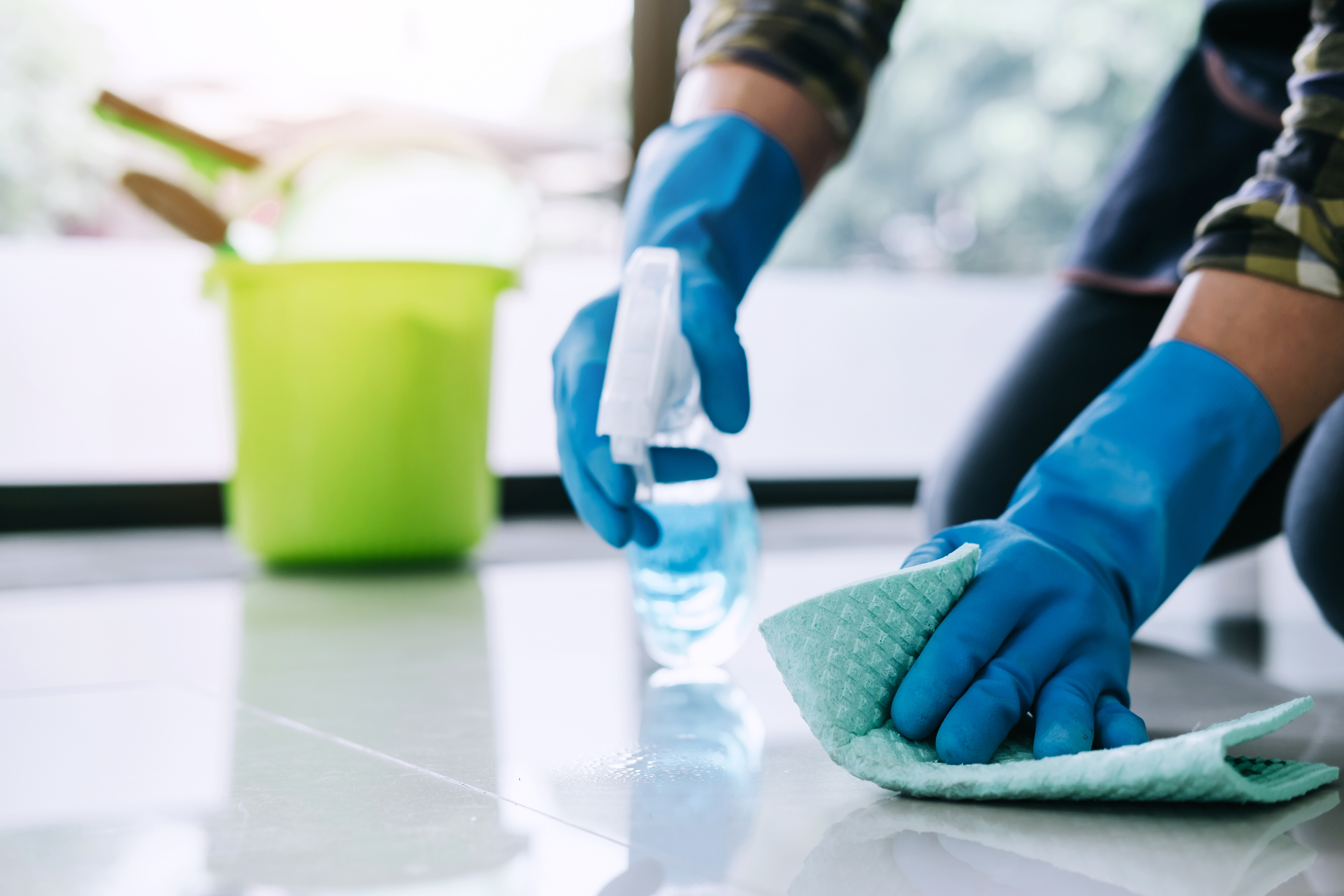
Move out cleaning checklist
Read more
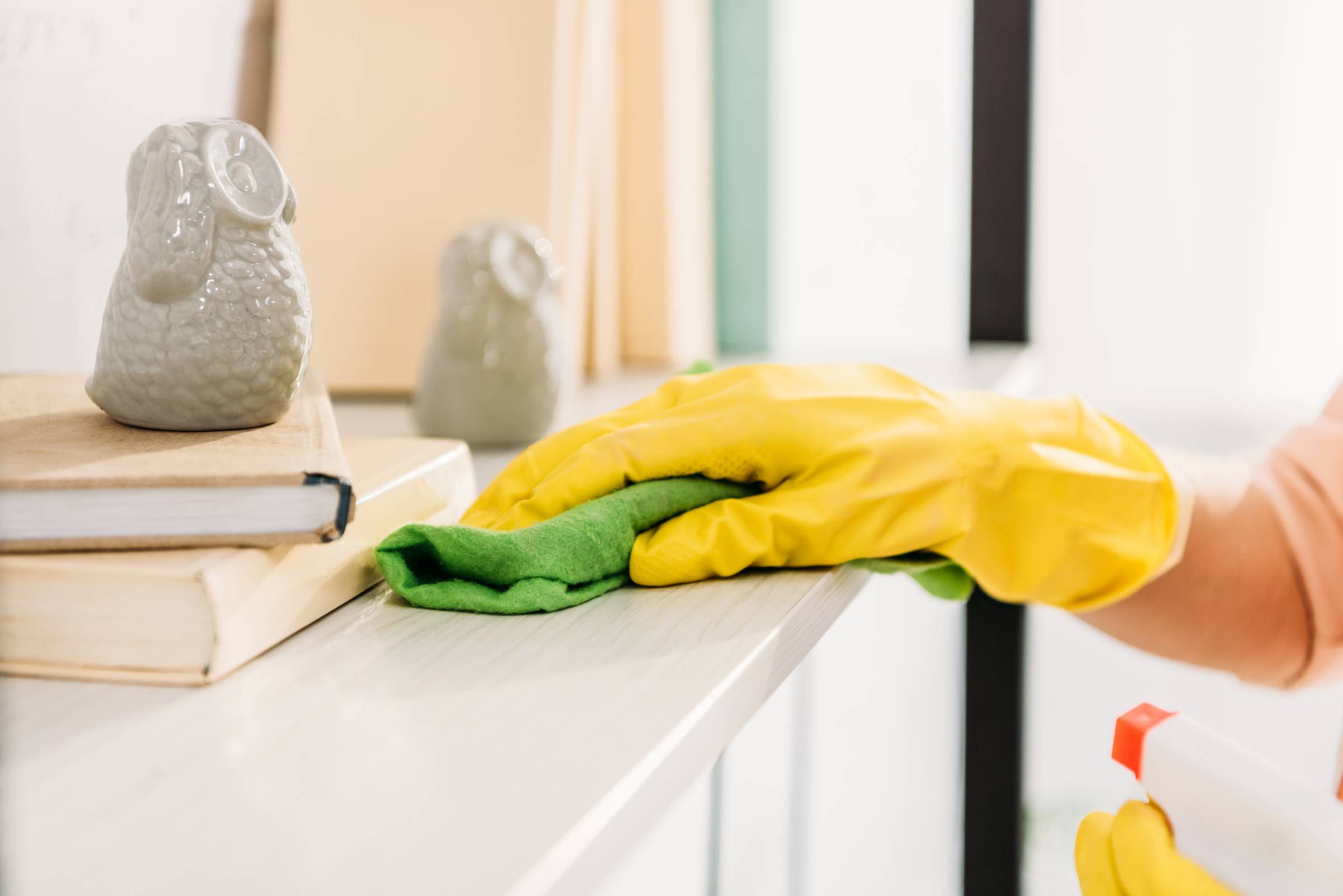
The ultimate spring cleaning checklist
Read more
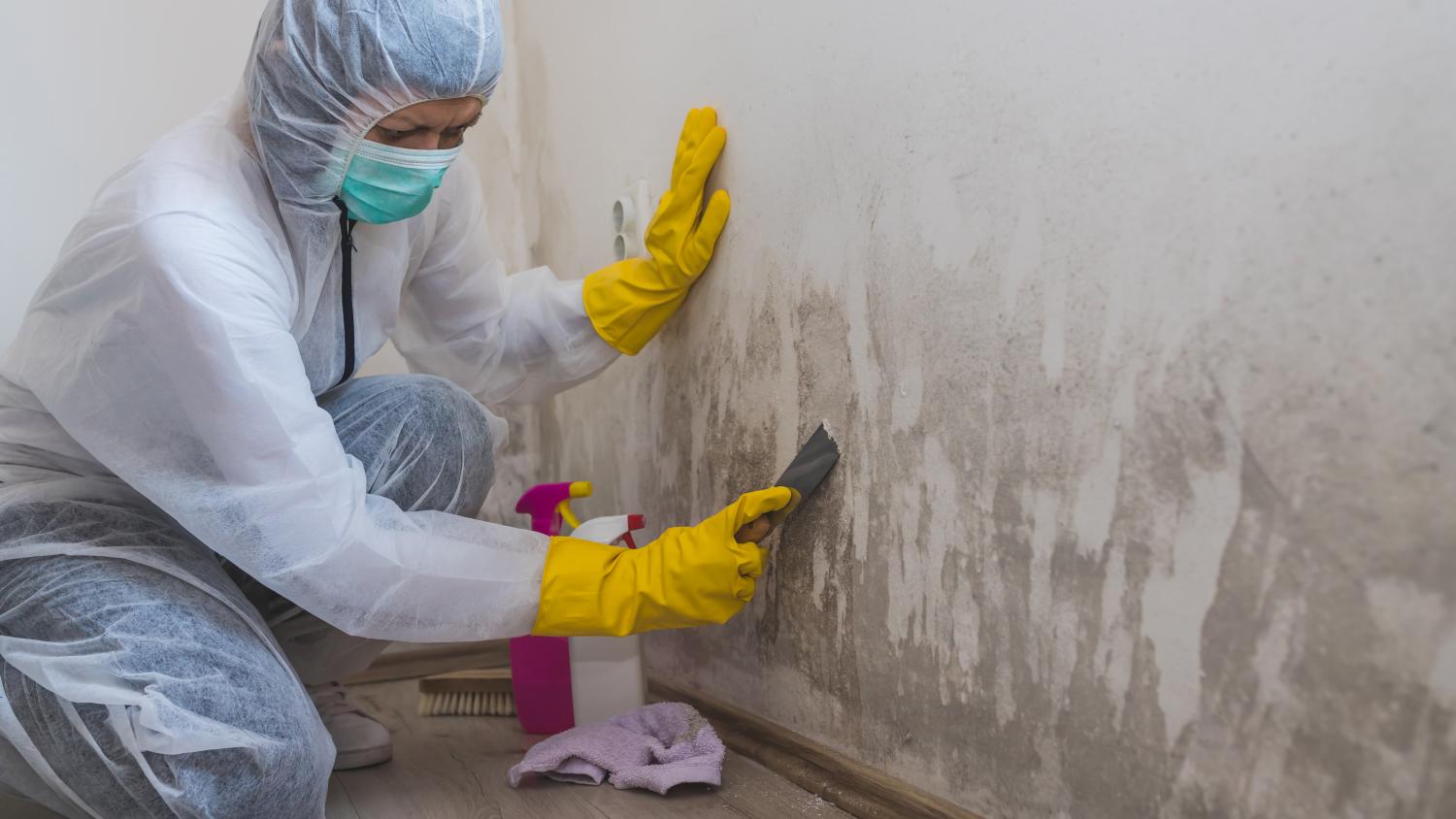
How to get rid of mold at home
Read more
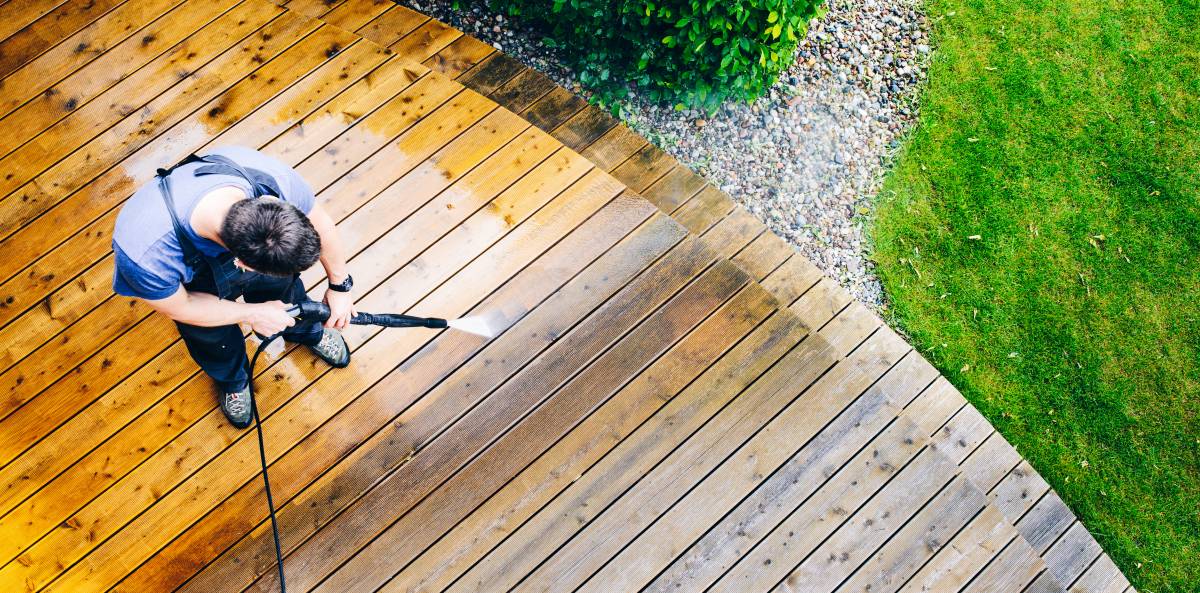
How to price pressure washing jobs
Read more
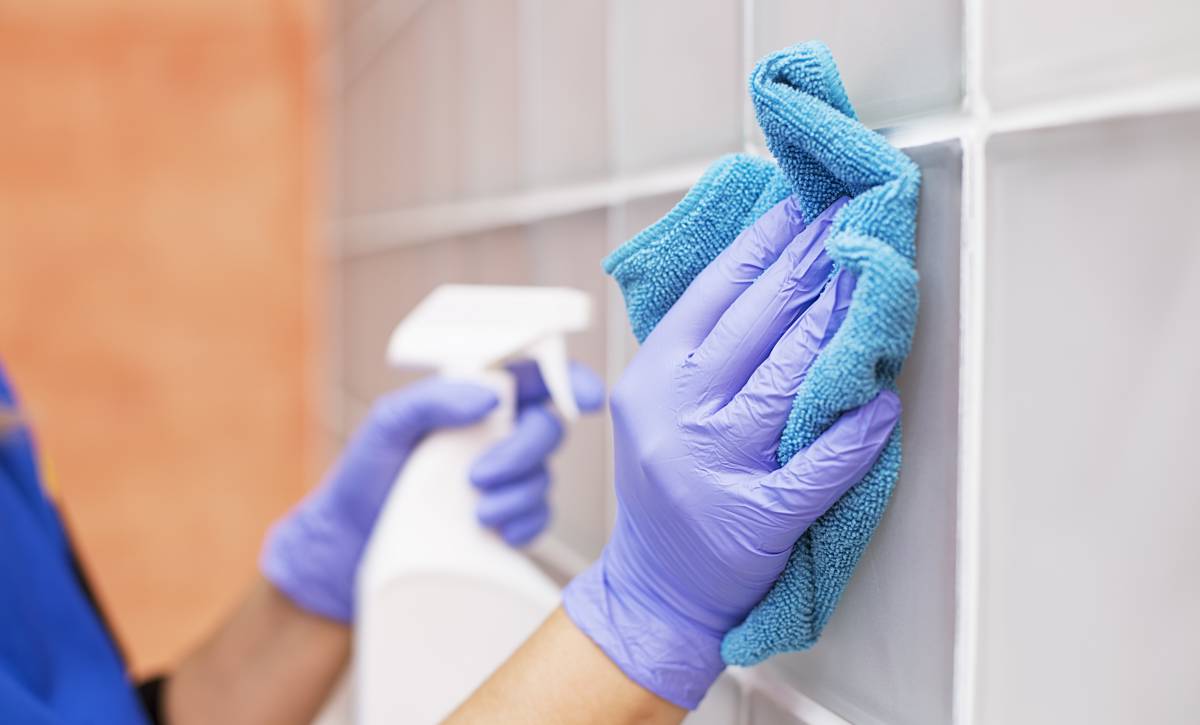
How to get cleaning jobs
Read more

How to get cleaning certification
Read more
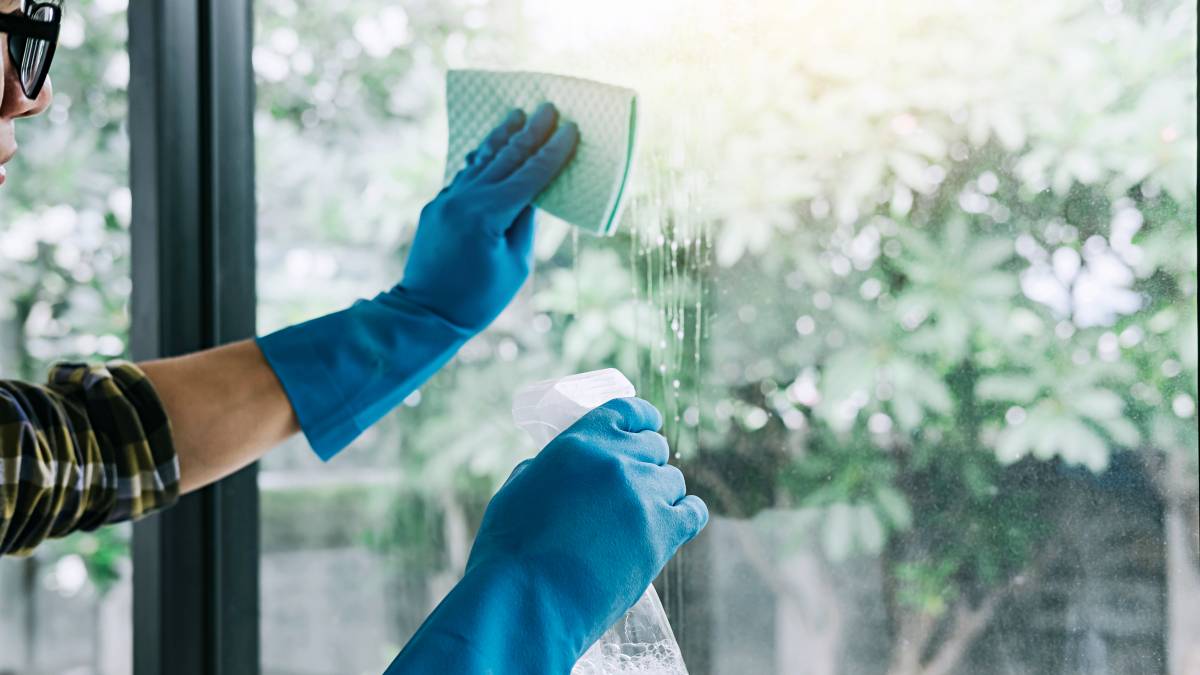
How to price cleaning jobs
Read more
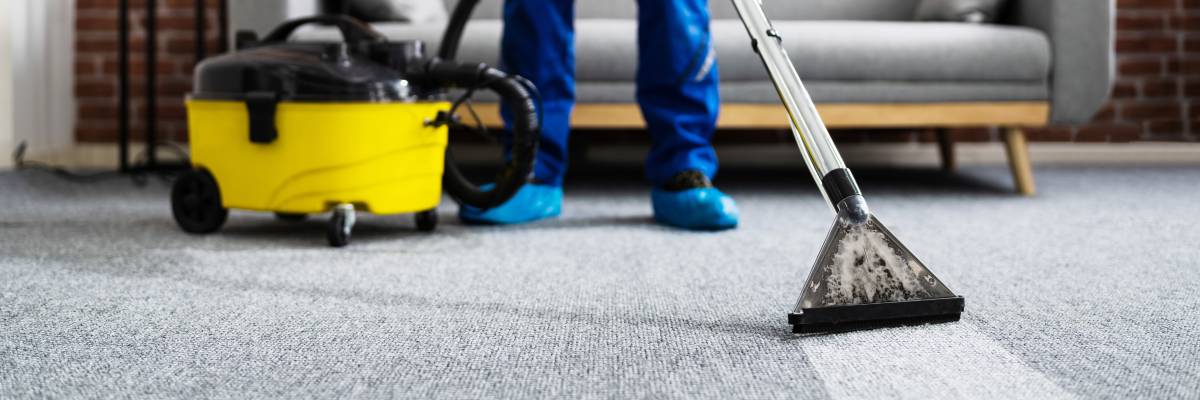
How to become a housekeeper
Read more
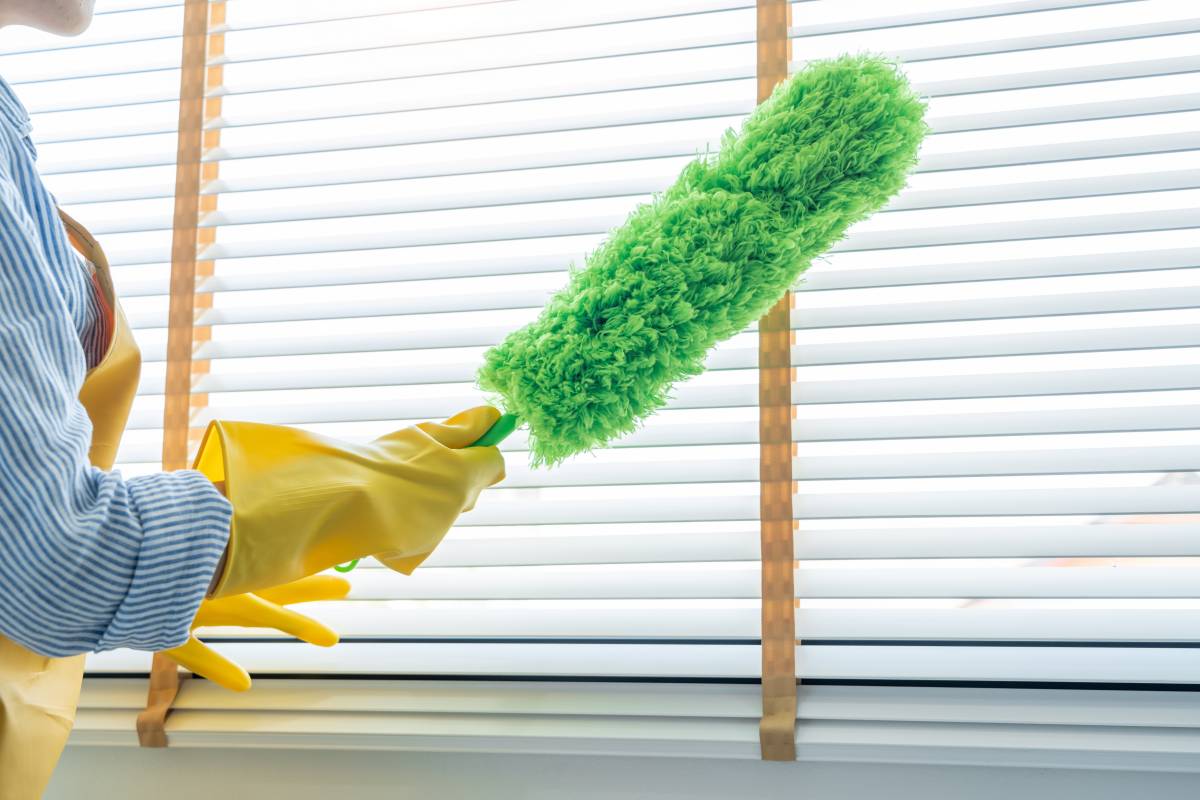
How to clean a duster
Read more

How to get rid of dust in your home
Read more
Related price guides
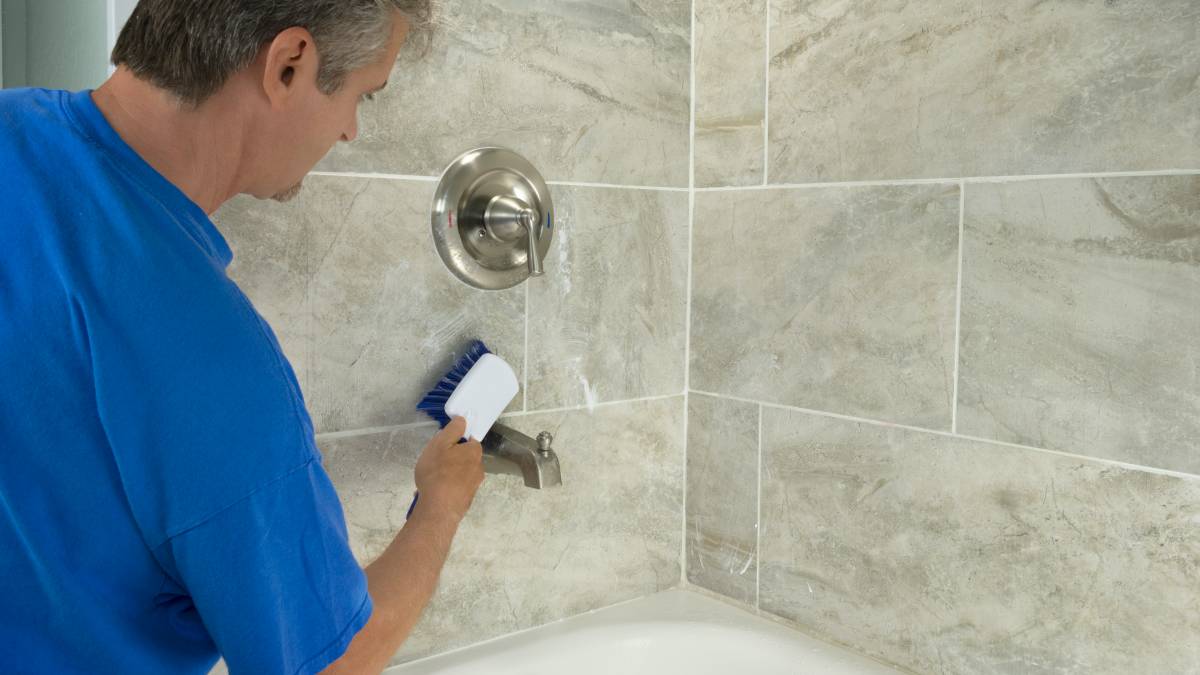
How much does tile cleaning cost?
Read more

Average price of move out cleaning
Read more
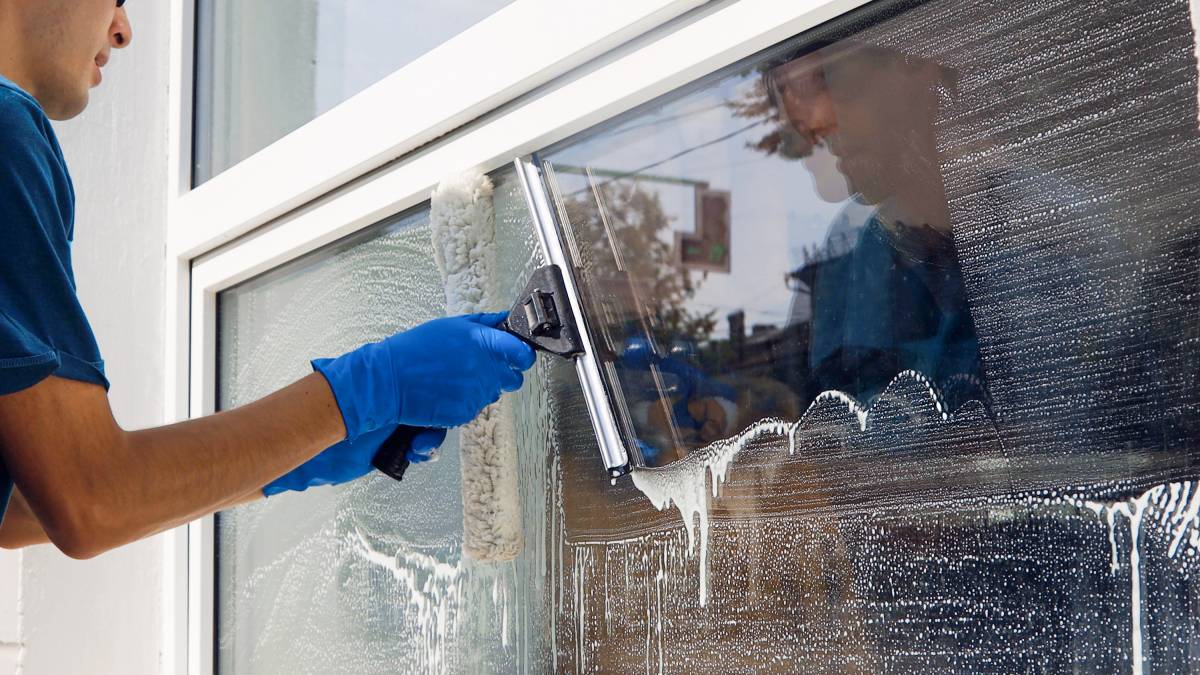
How much does a cleaner cost?
Read more

How much does office cleaning cost?
Read more
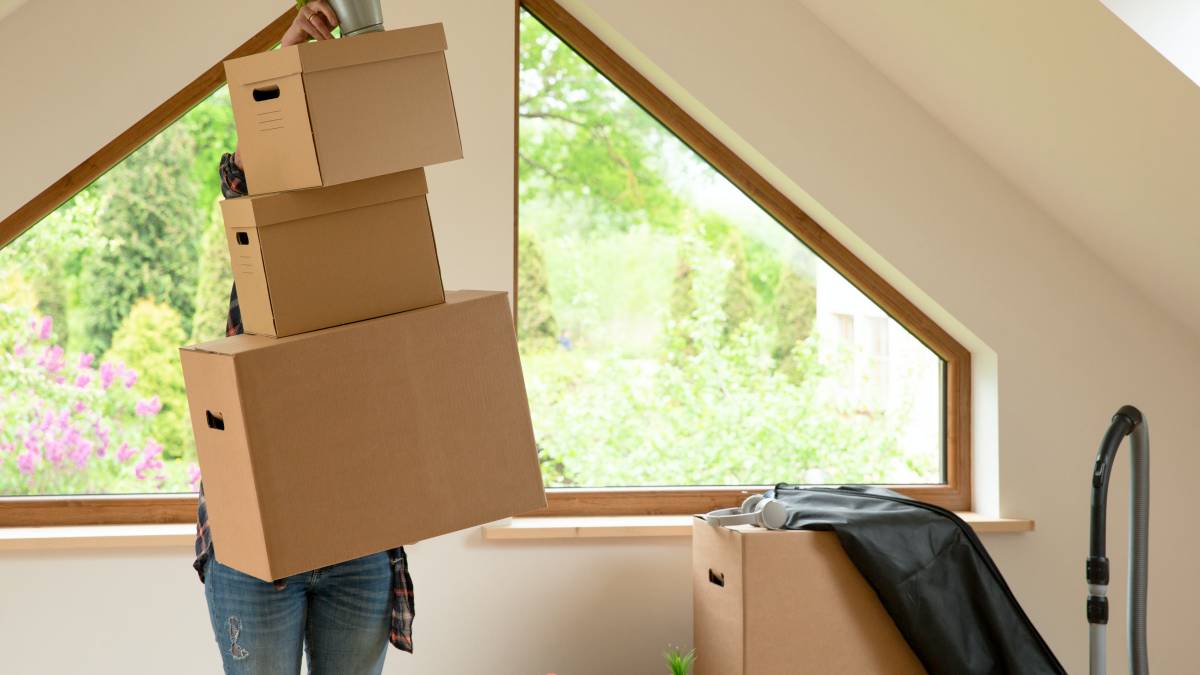
How much does attic cleaning cost?
Read more
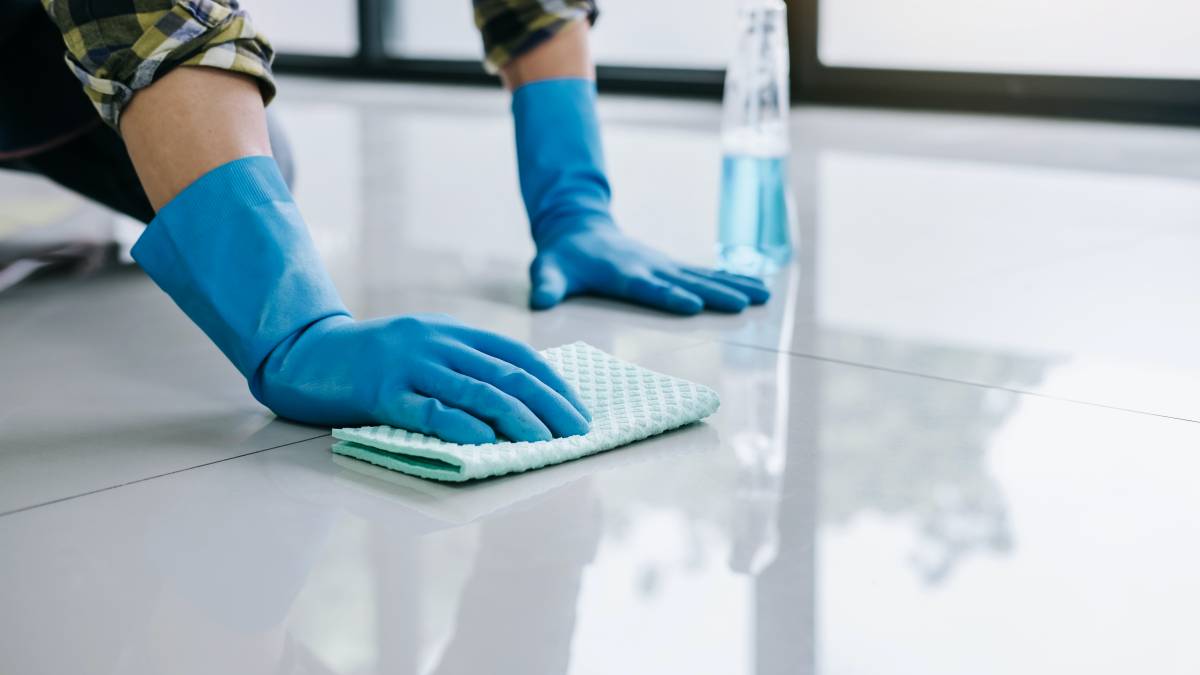
How much does floor cleaning cost?
Read more
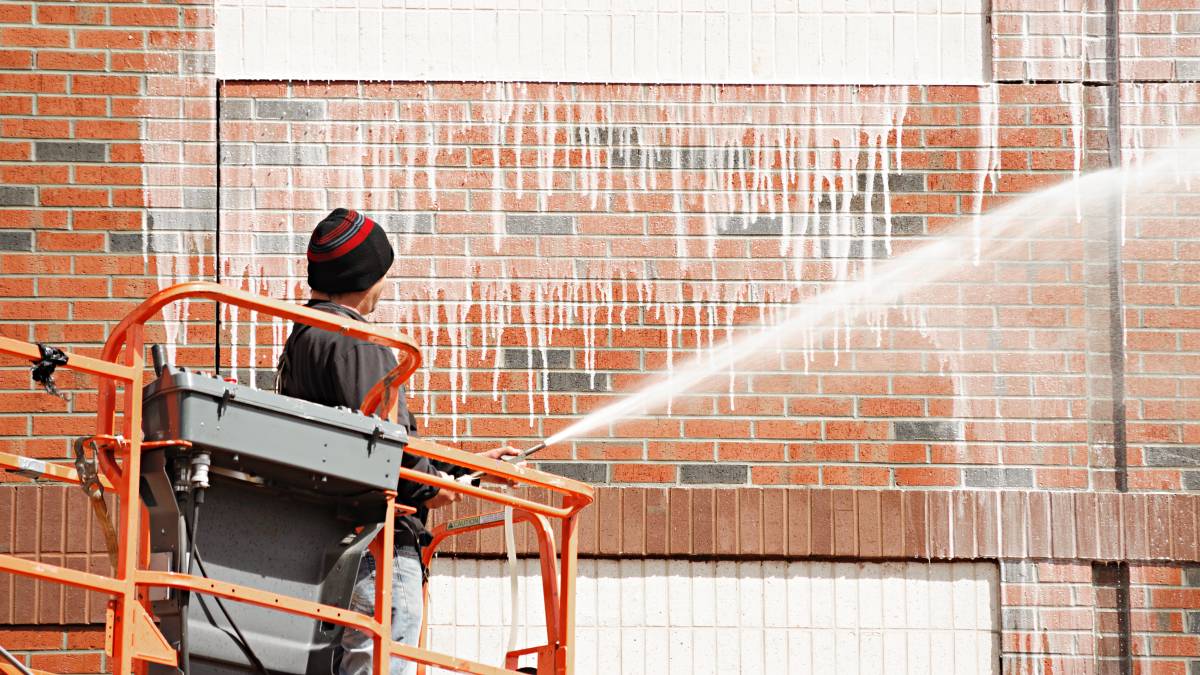
How much does brick cleaning cost?
Read more
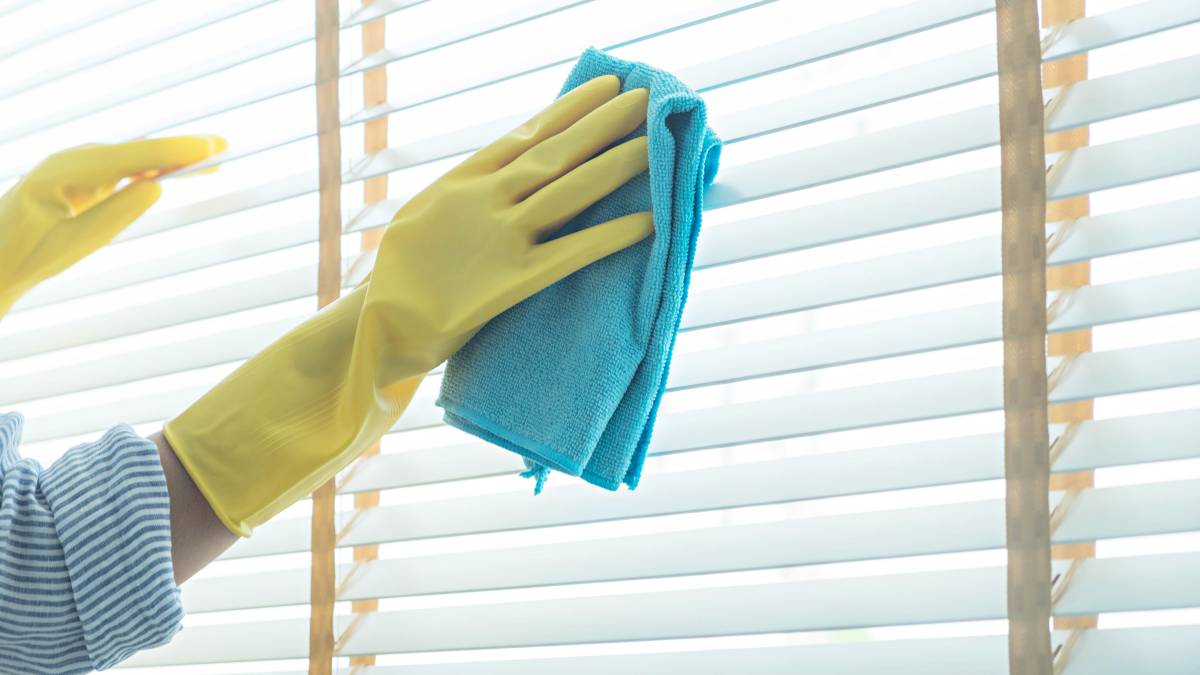
How much does blind cleaning cost?
Read more
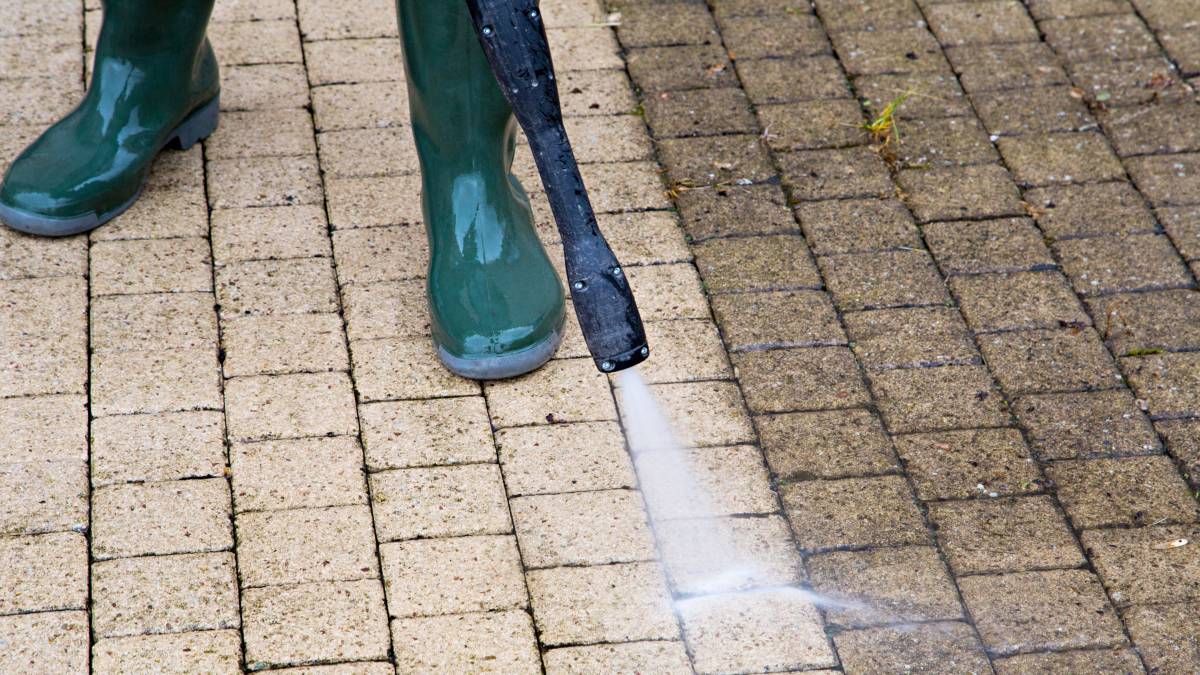
How much does pressure washing cost?
Read more
